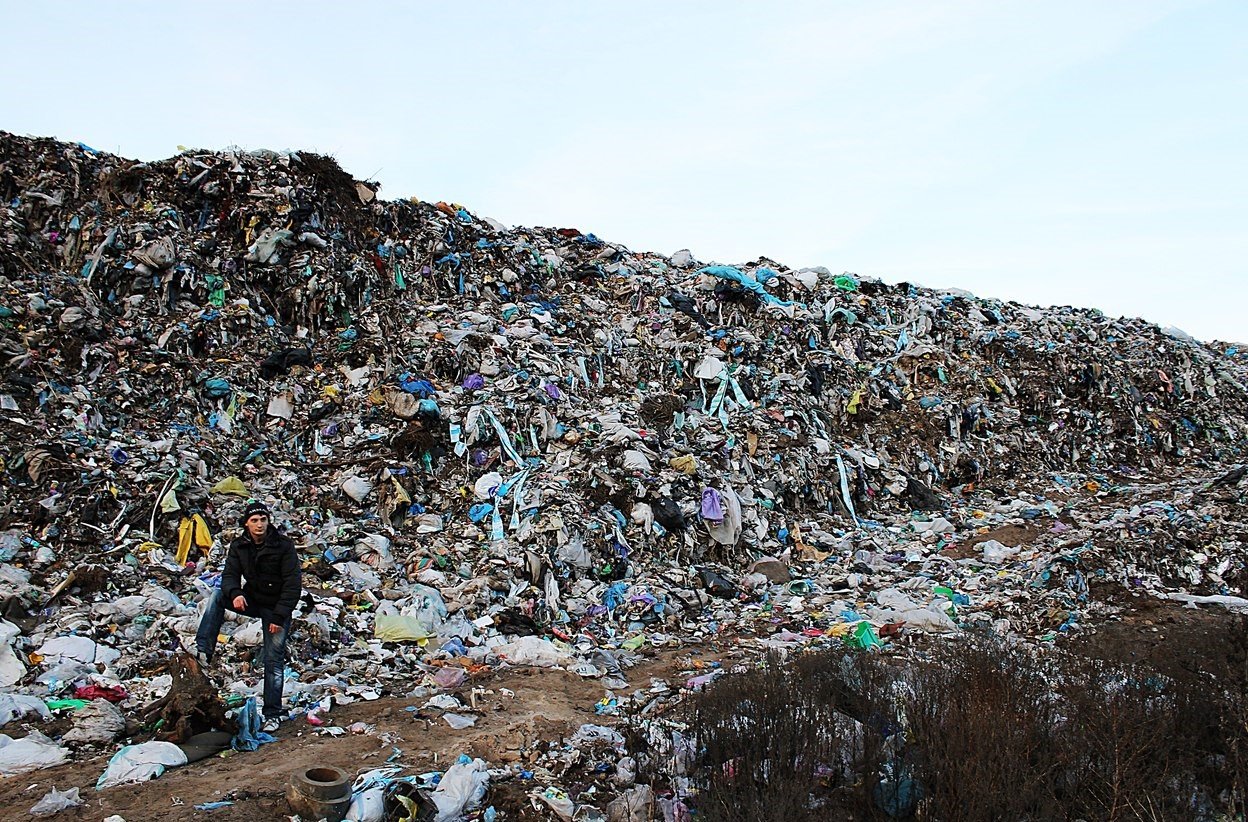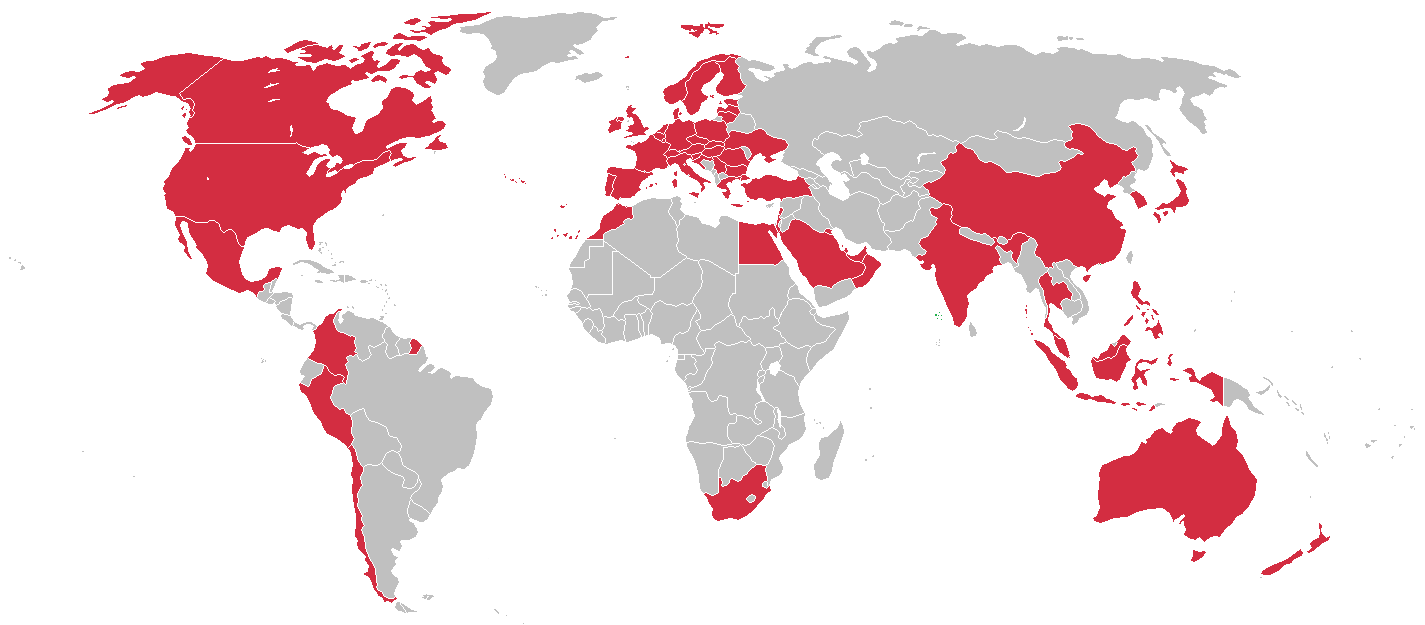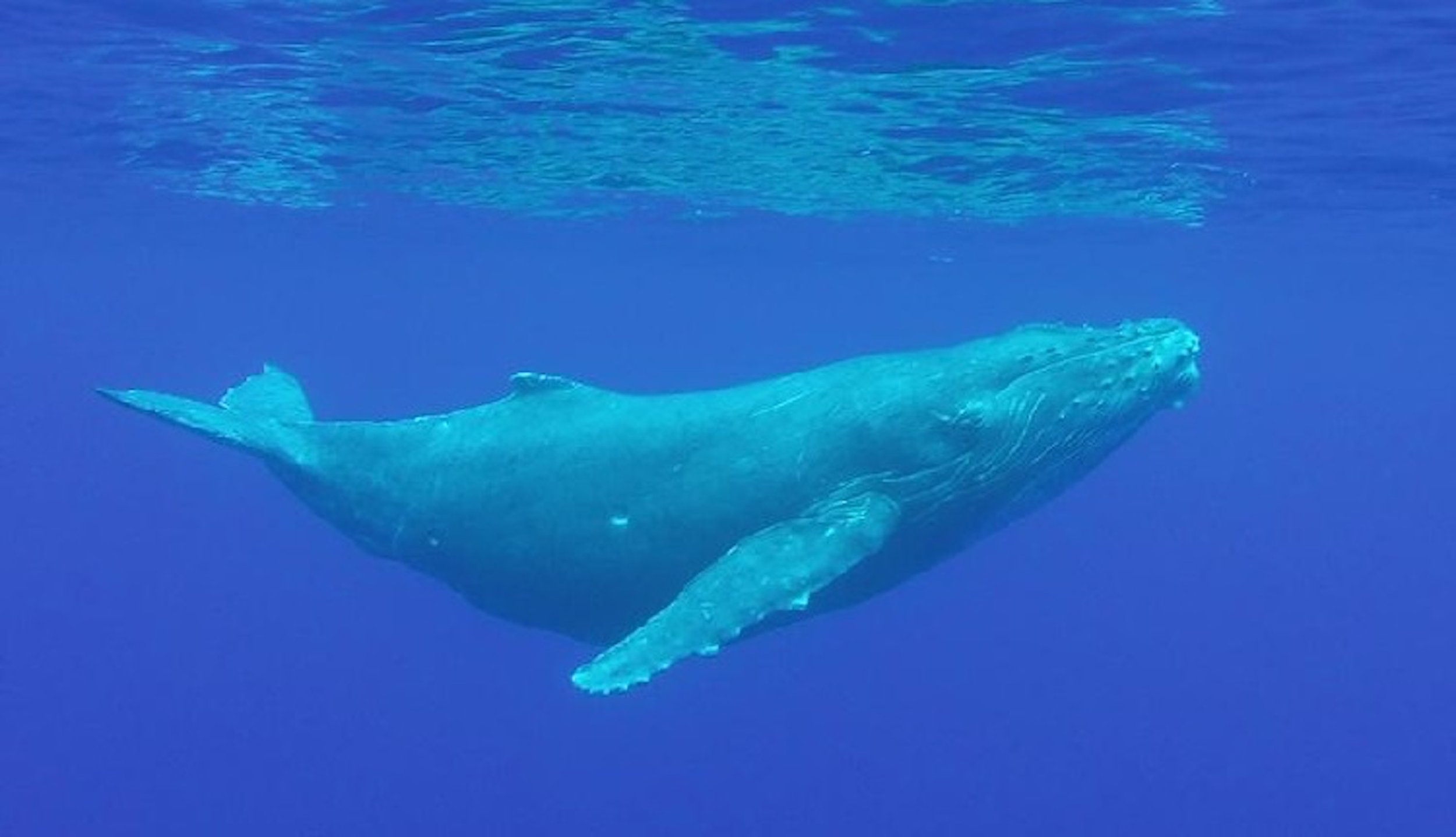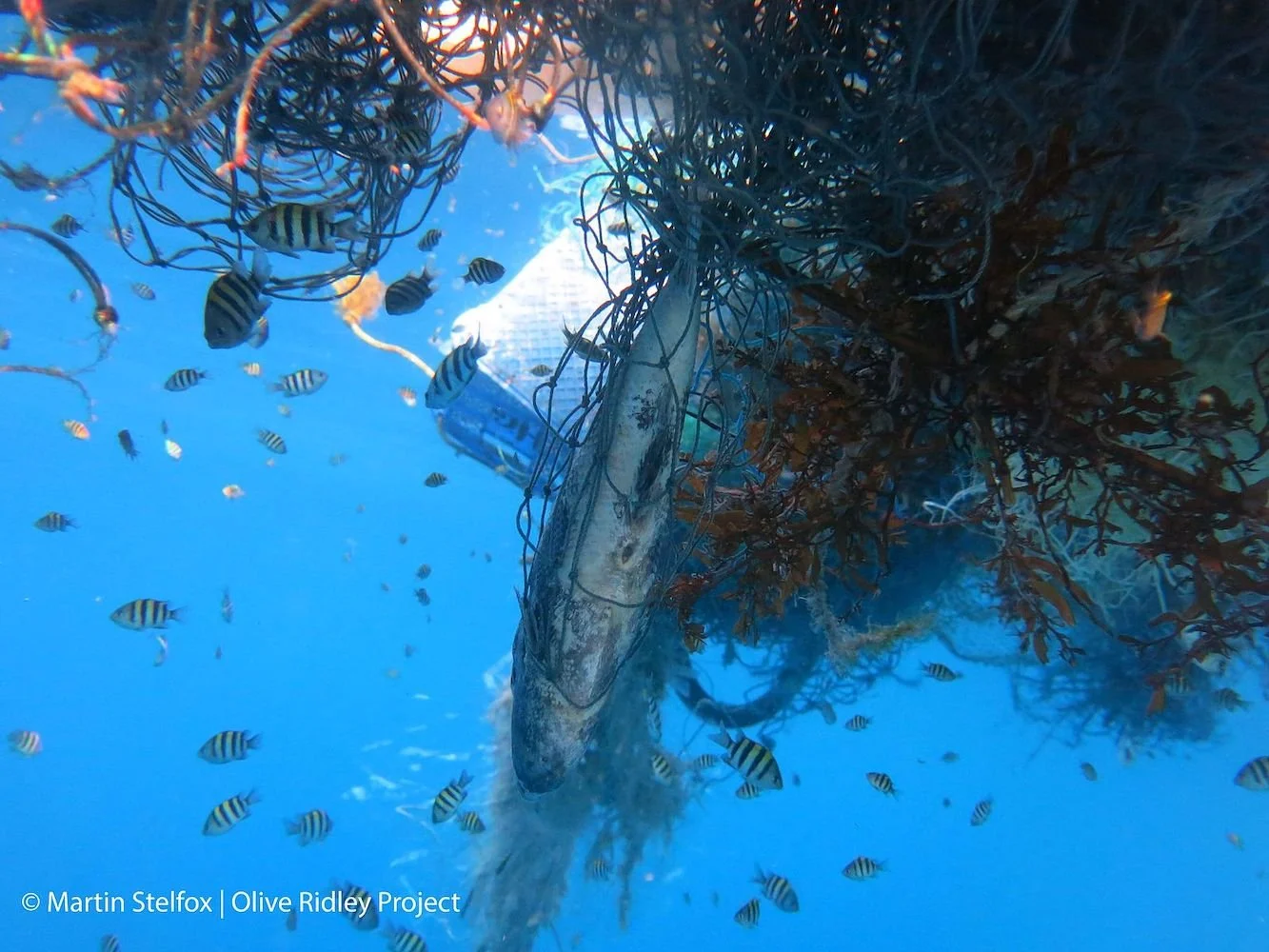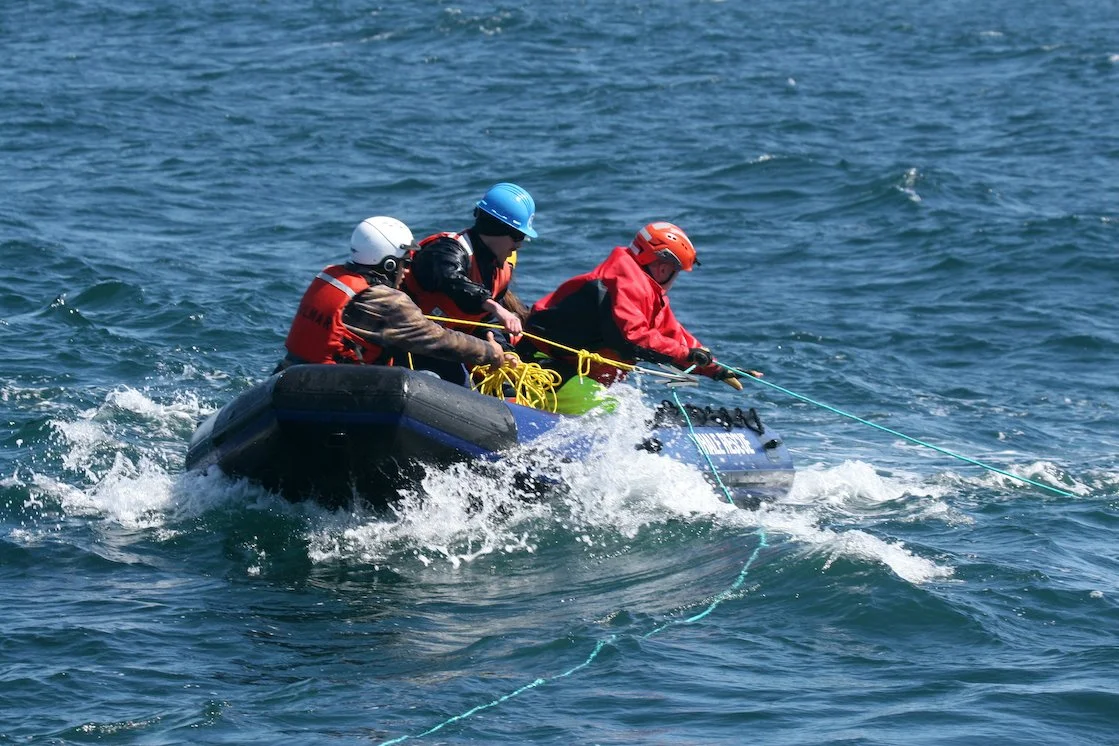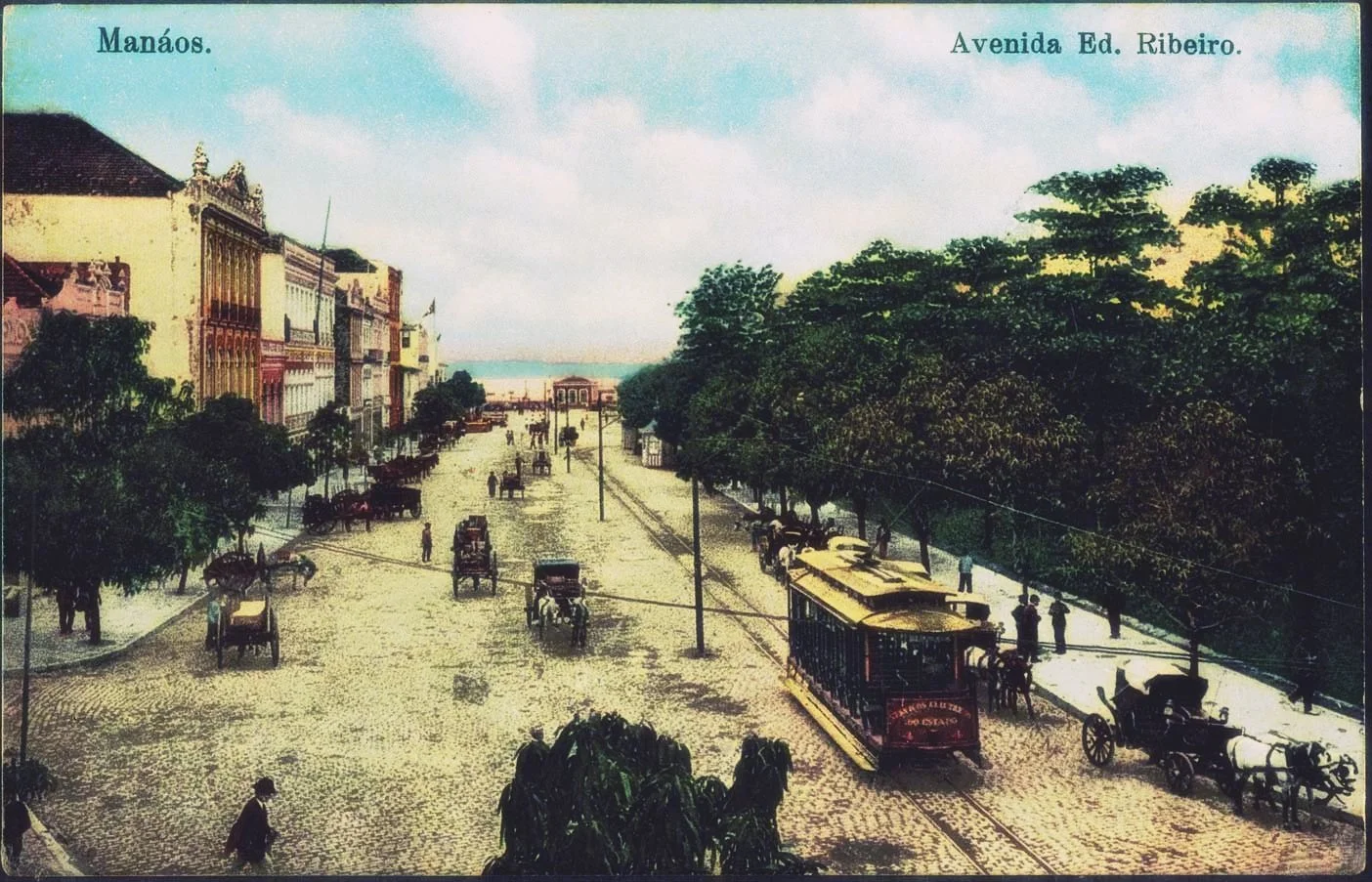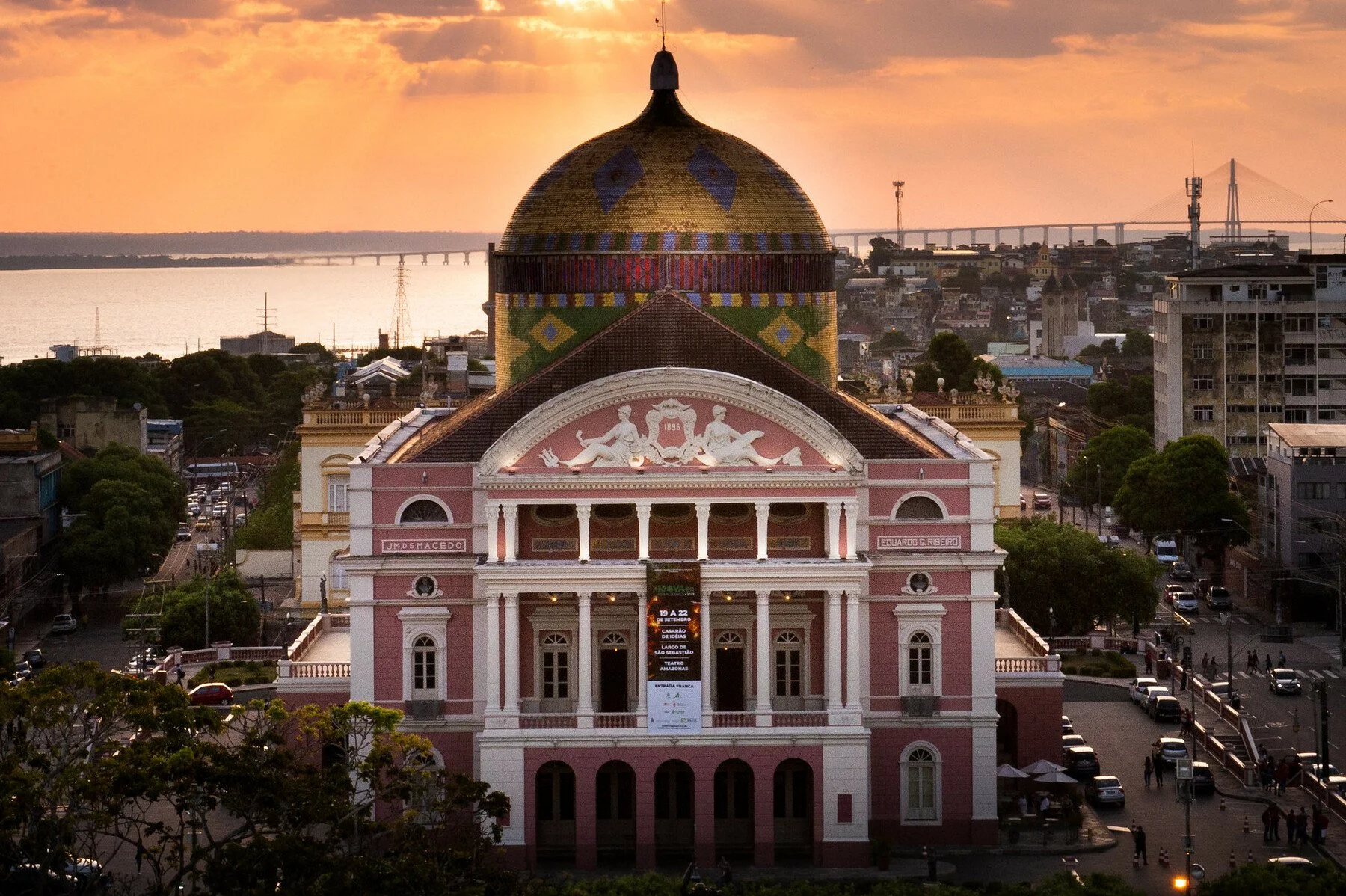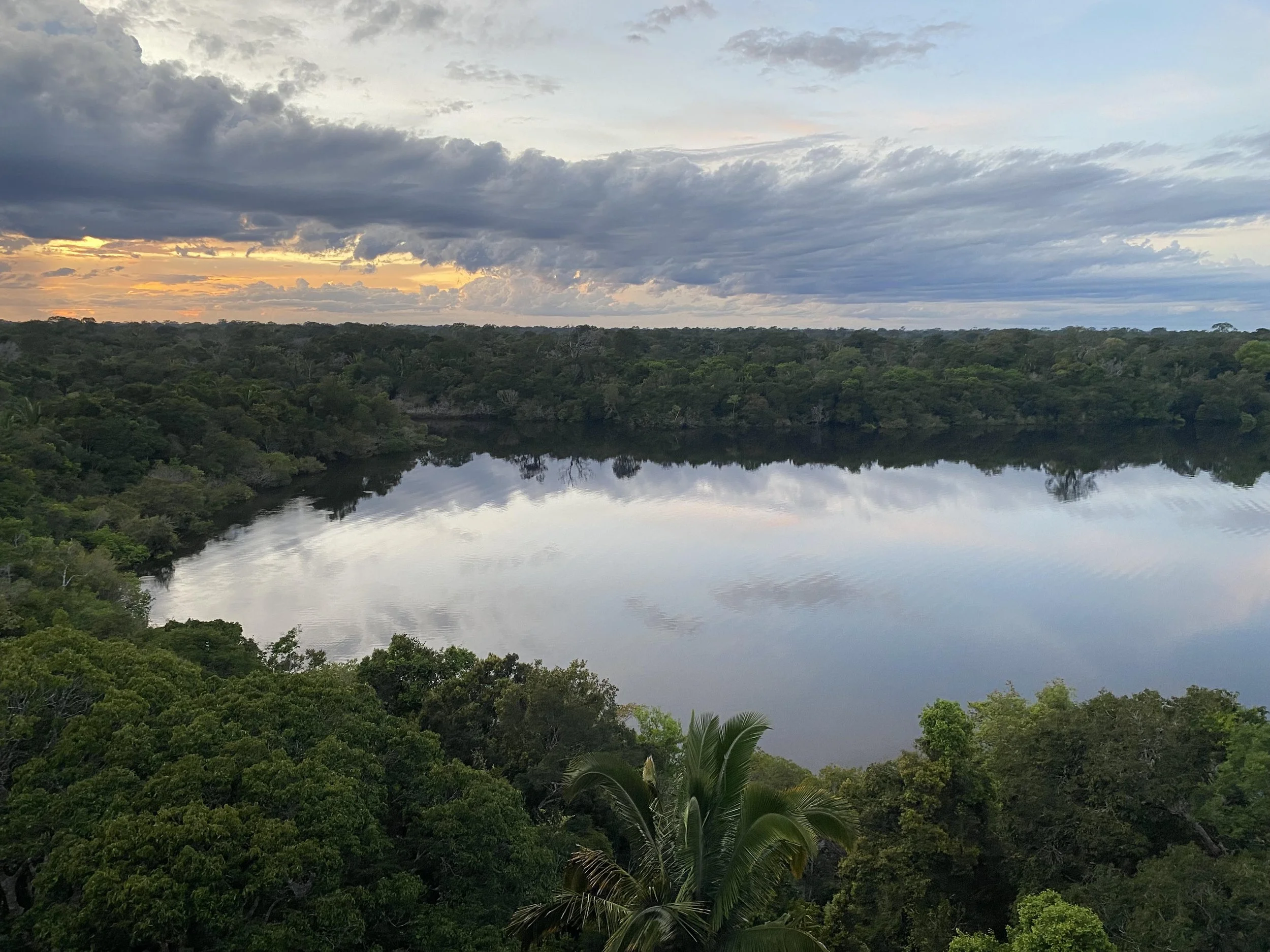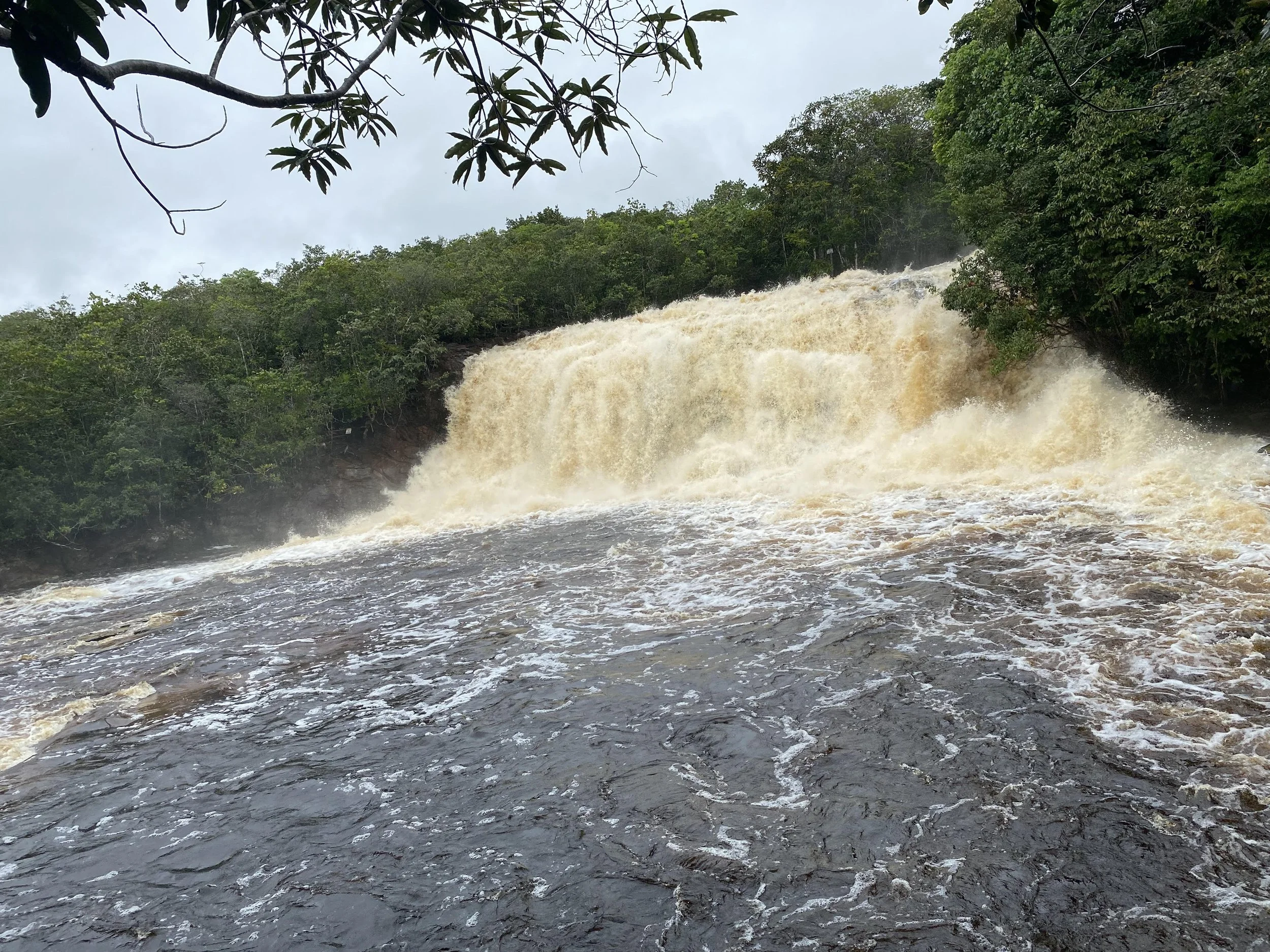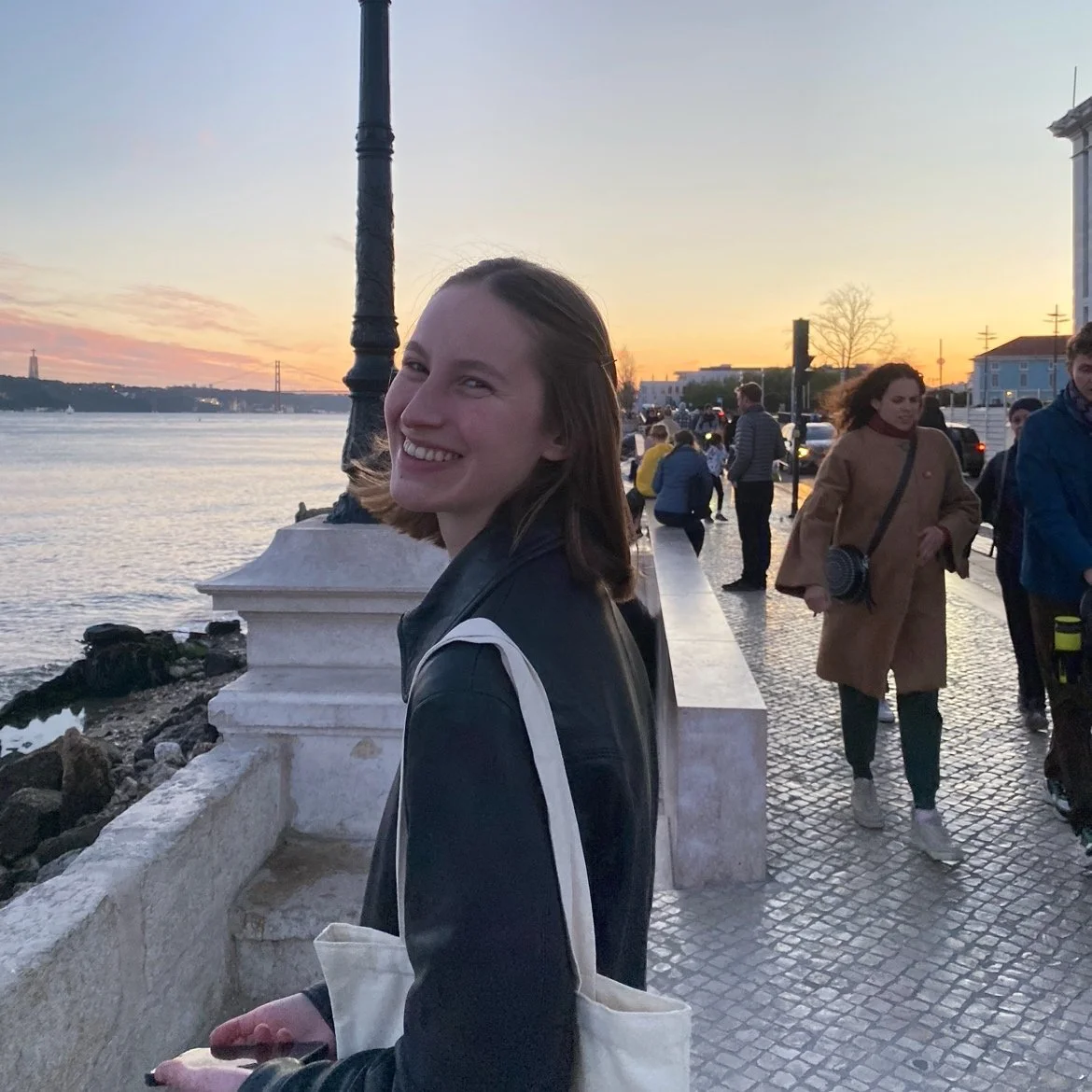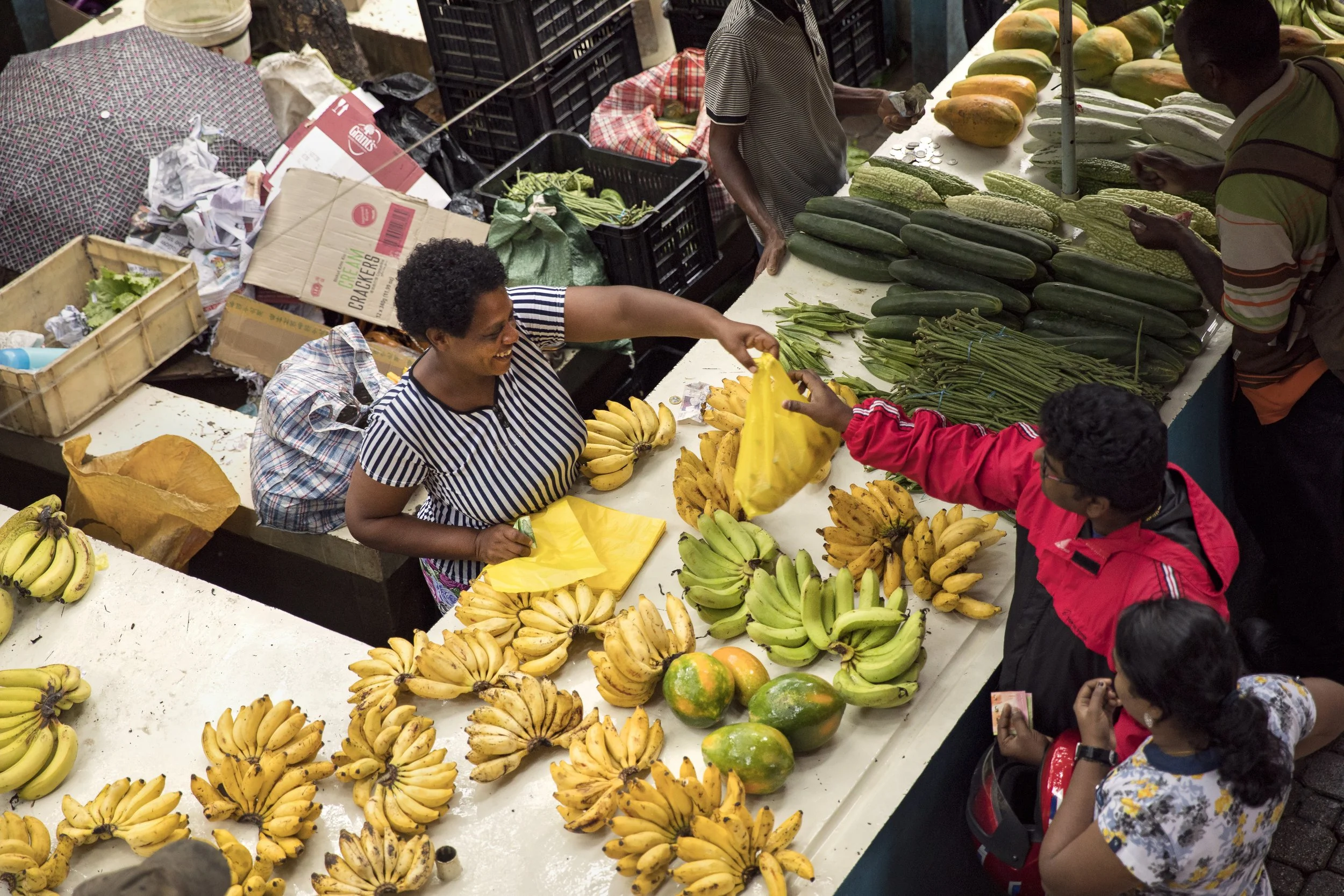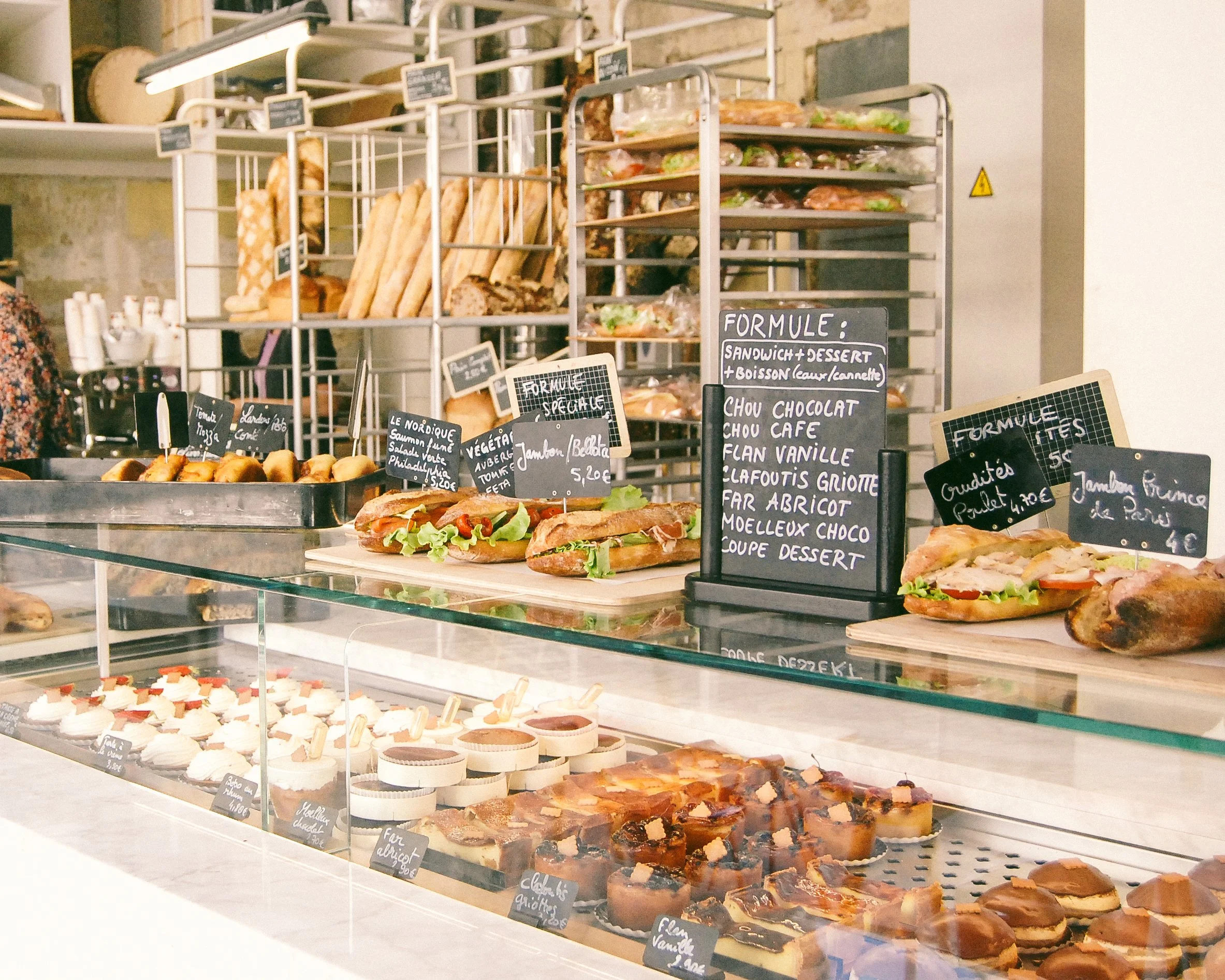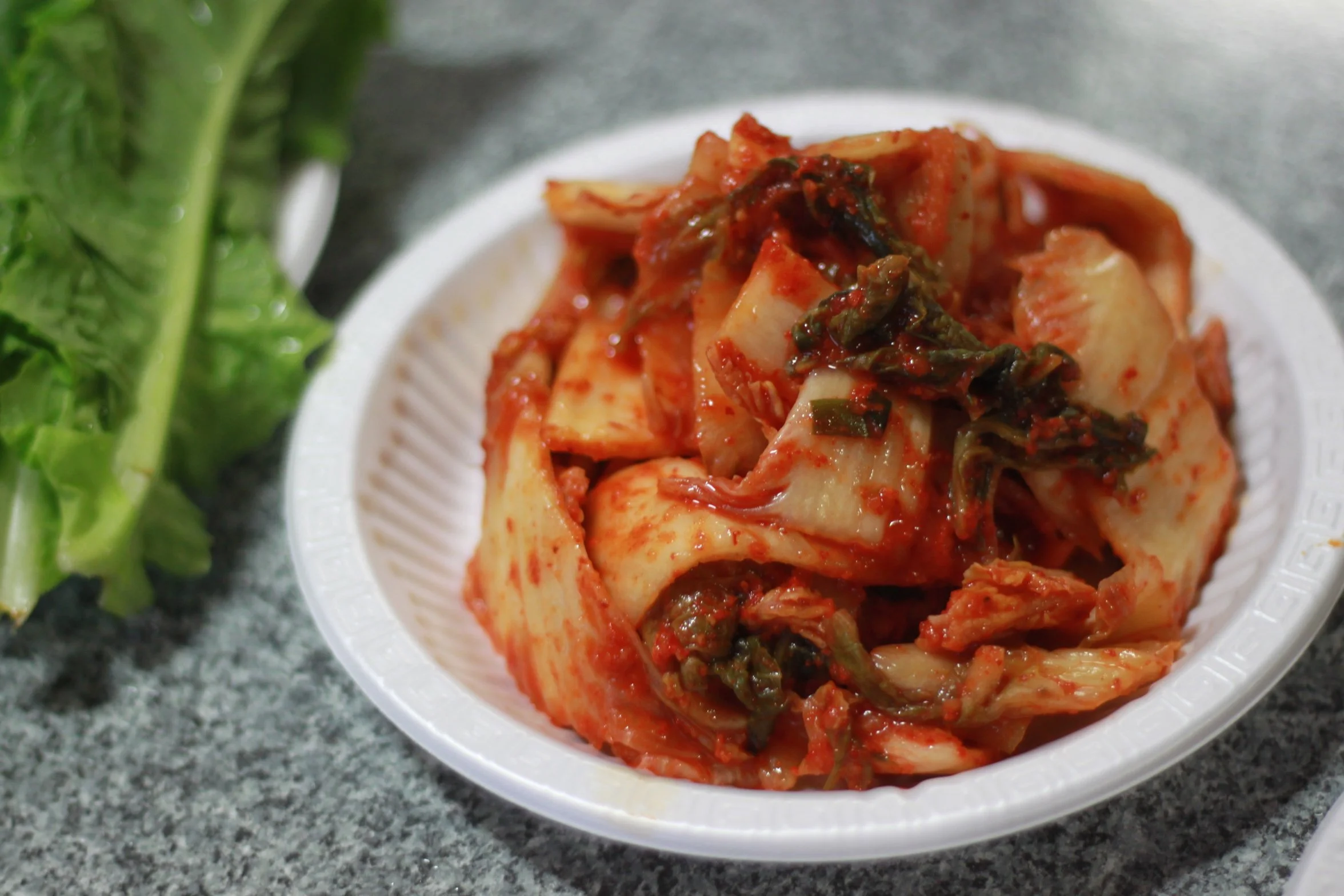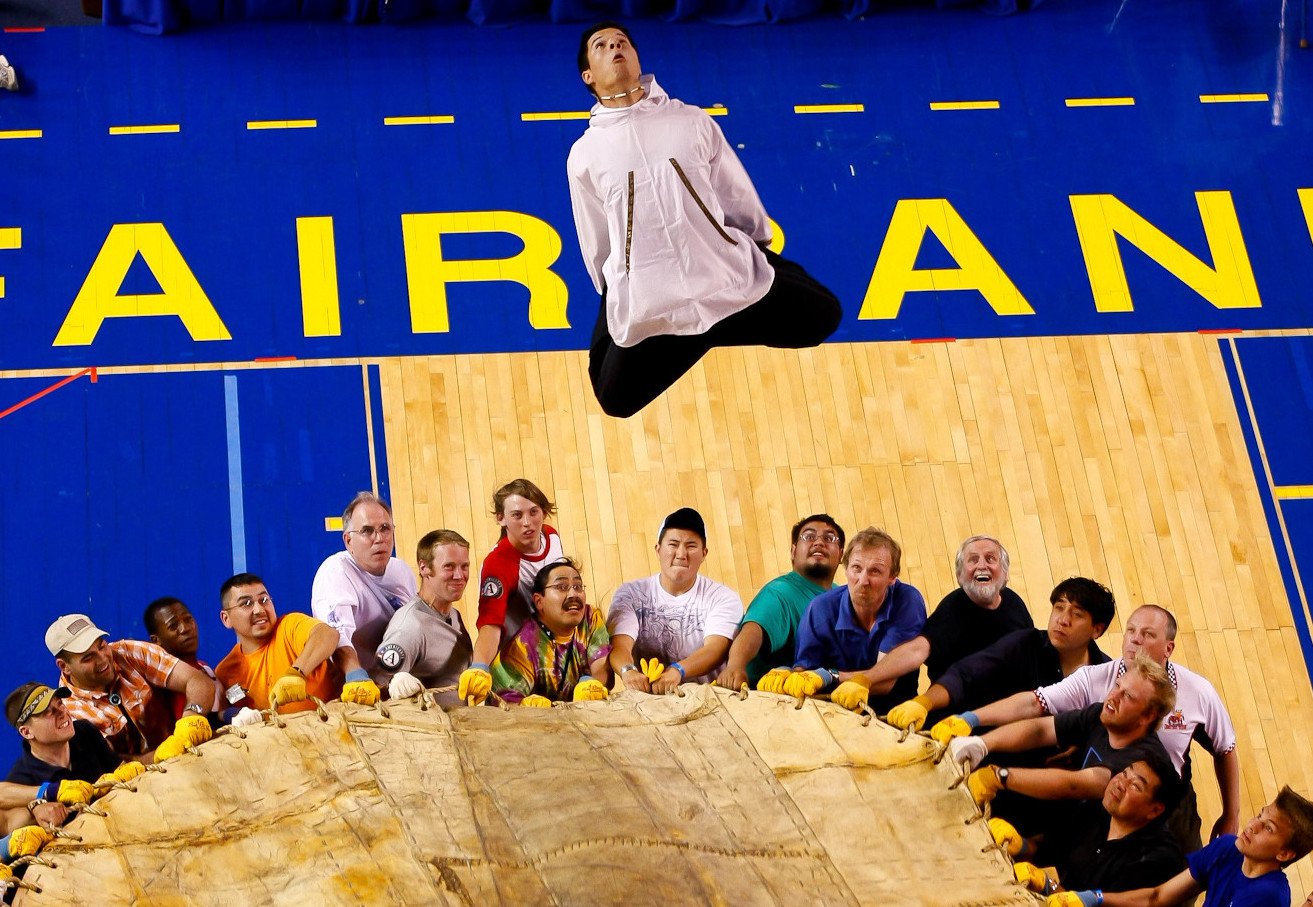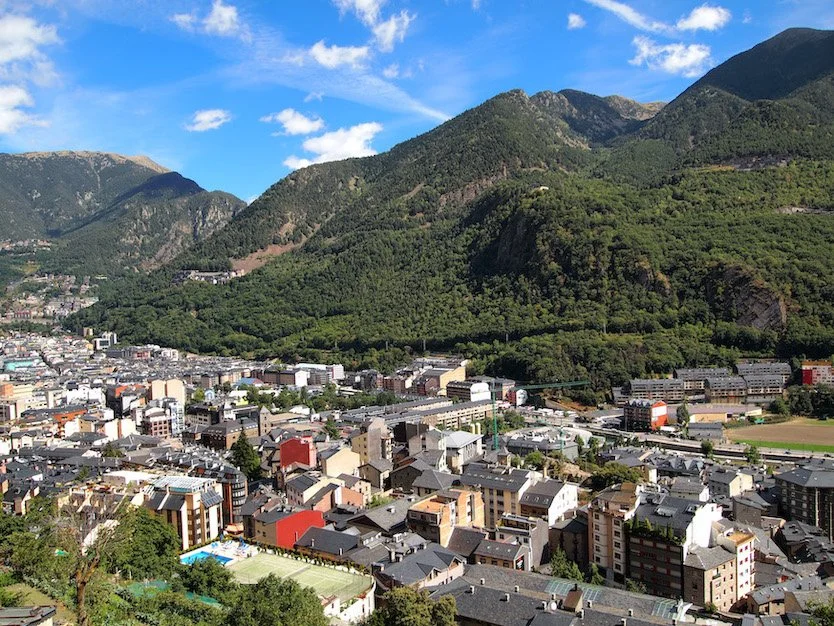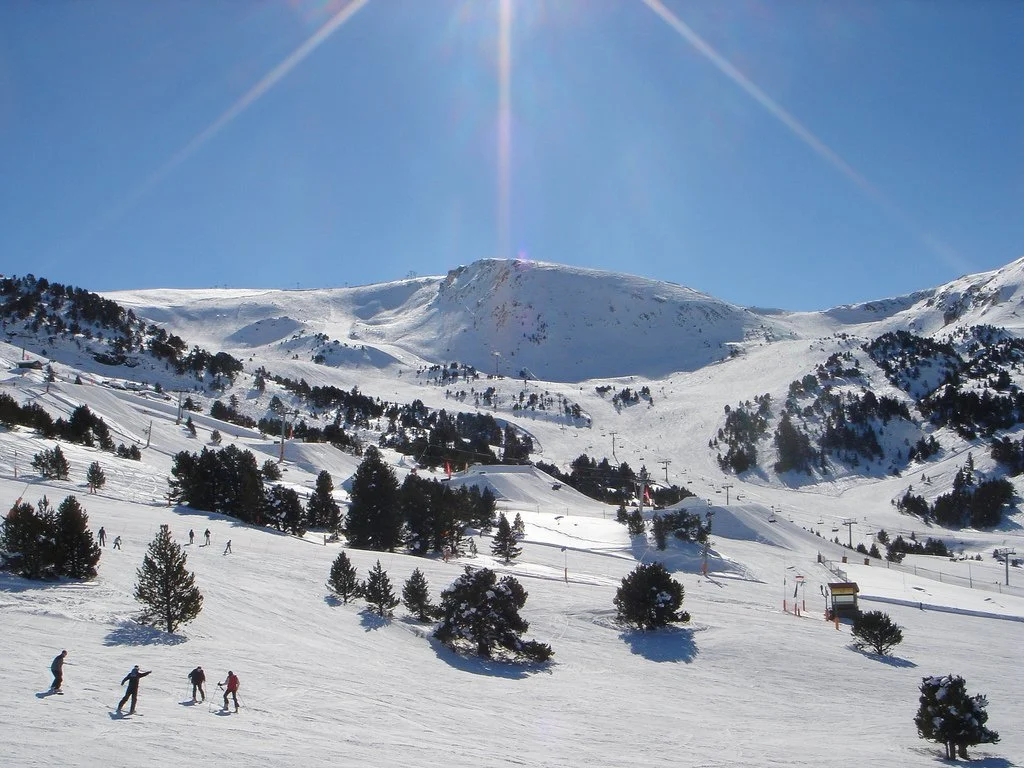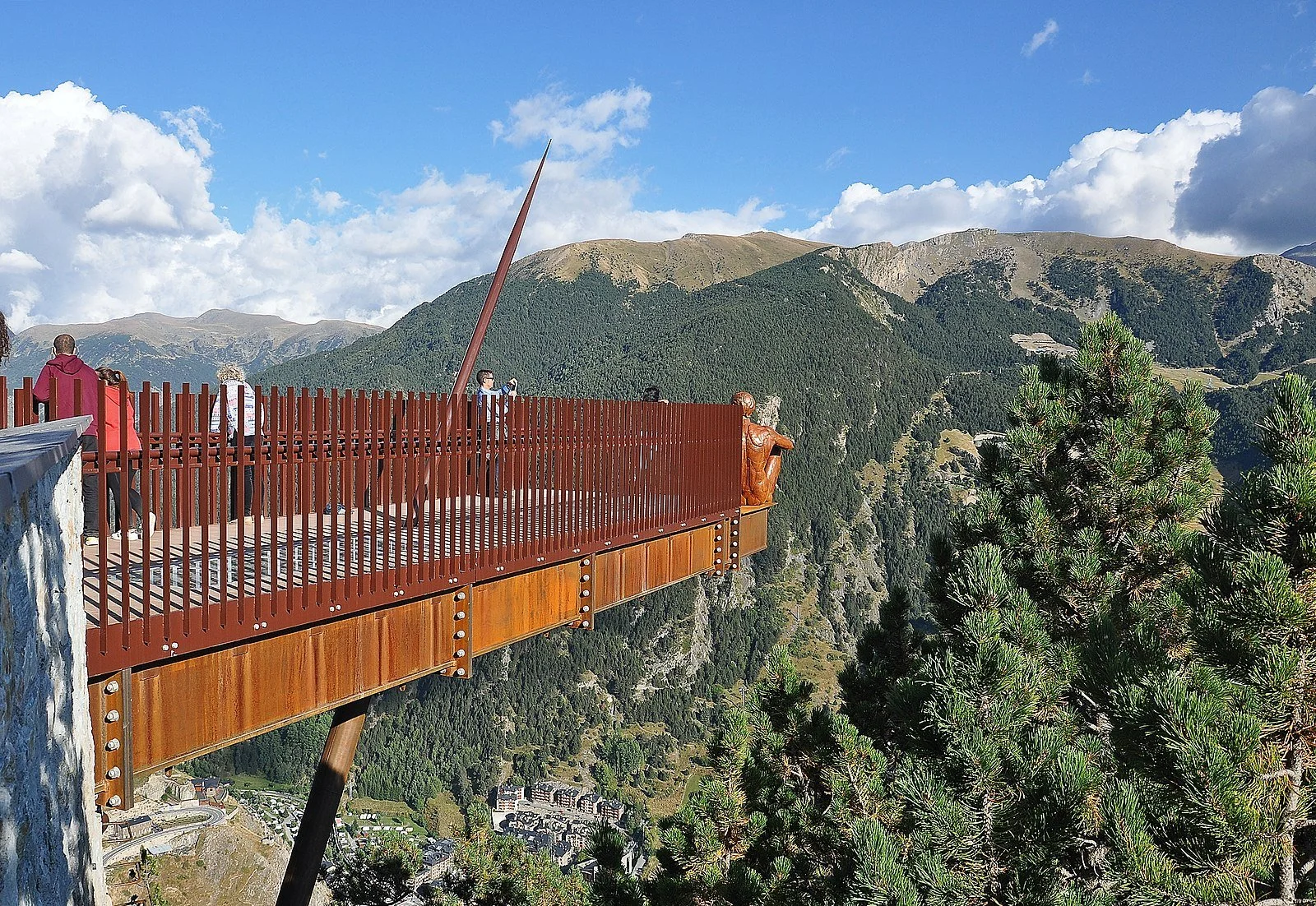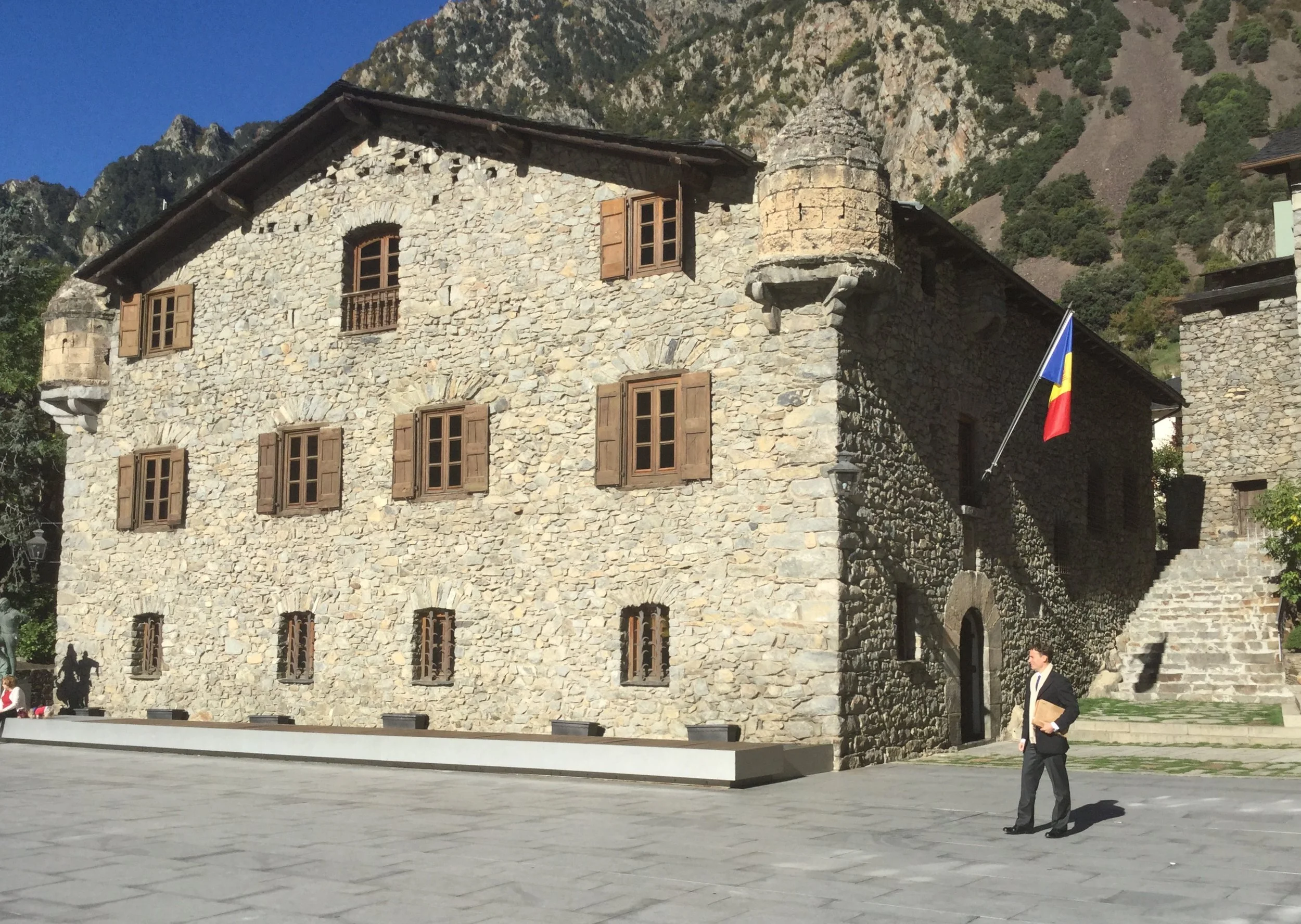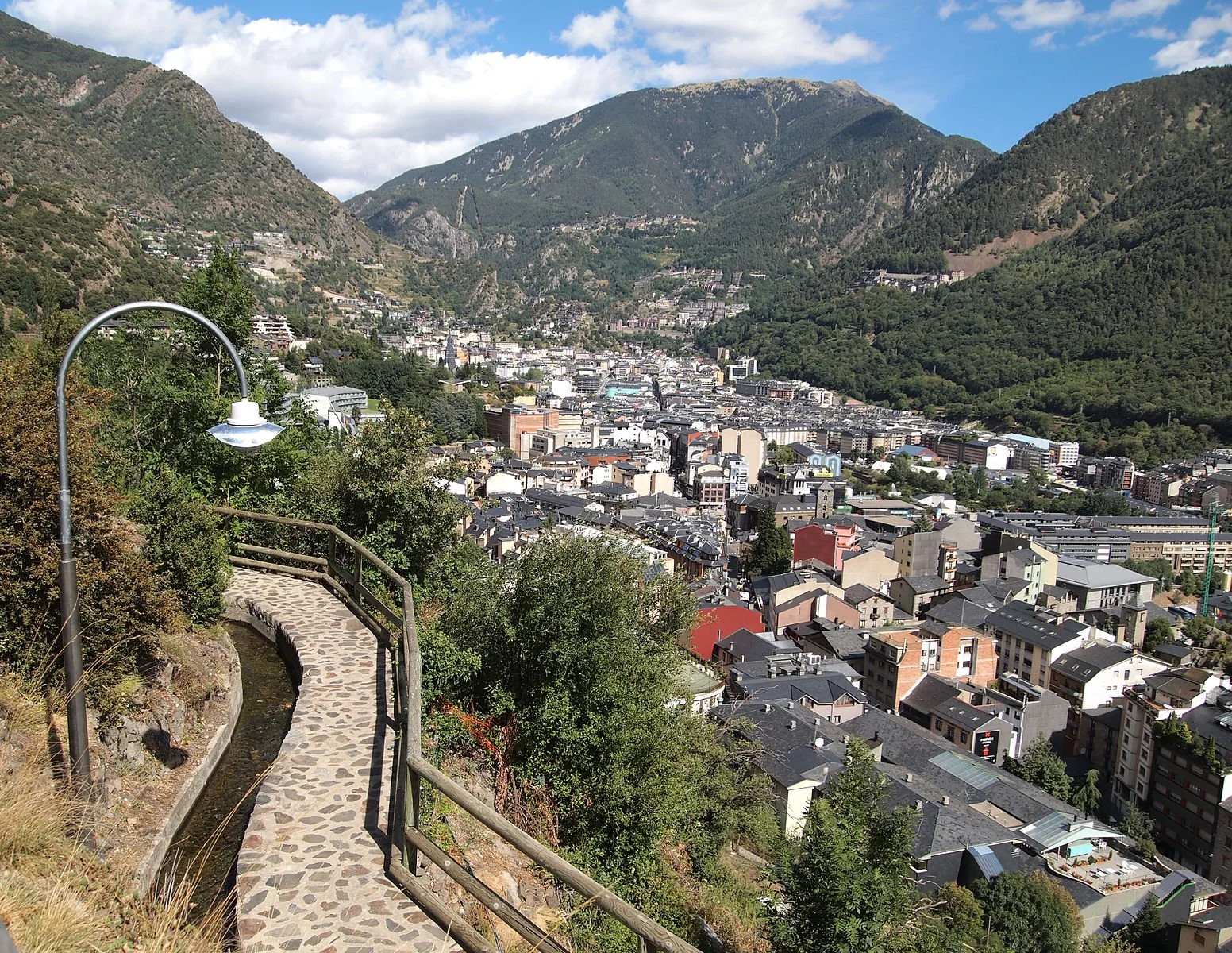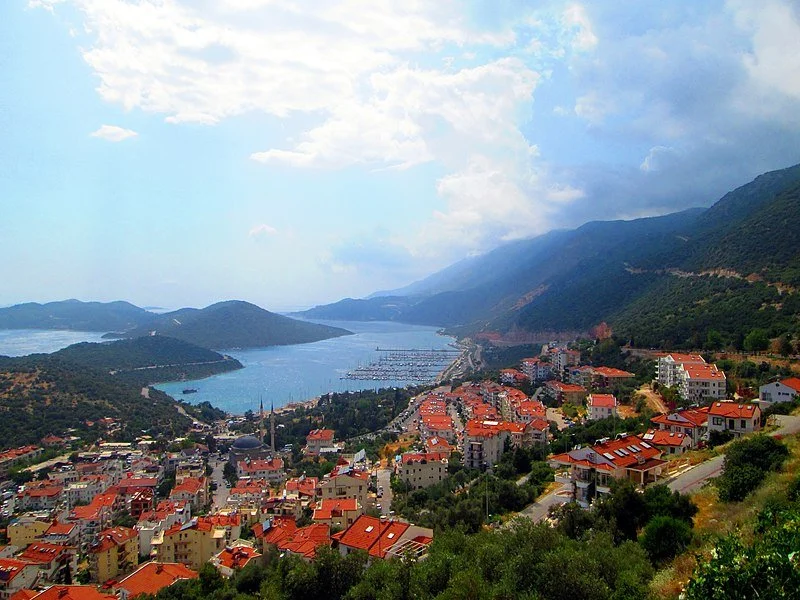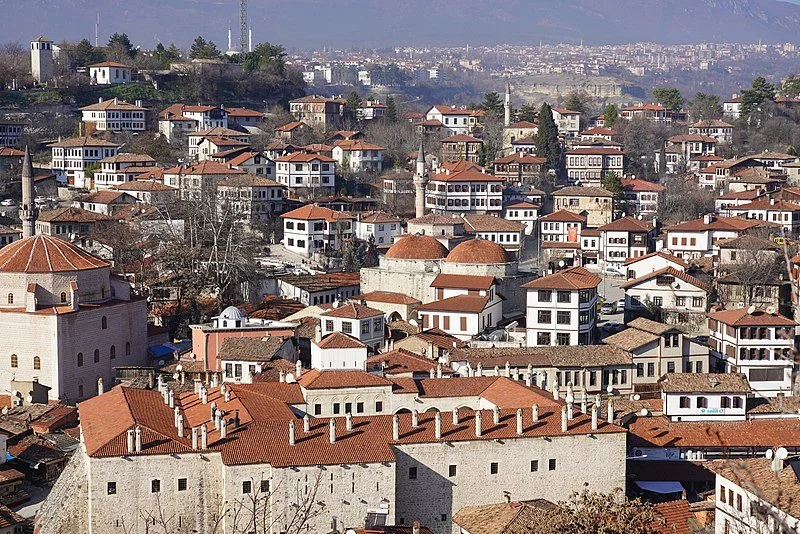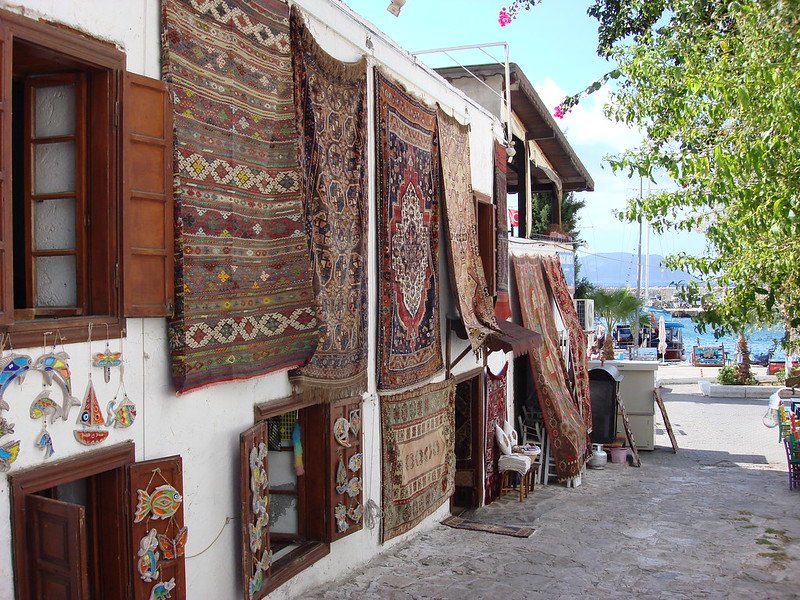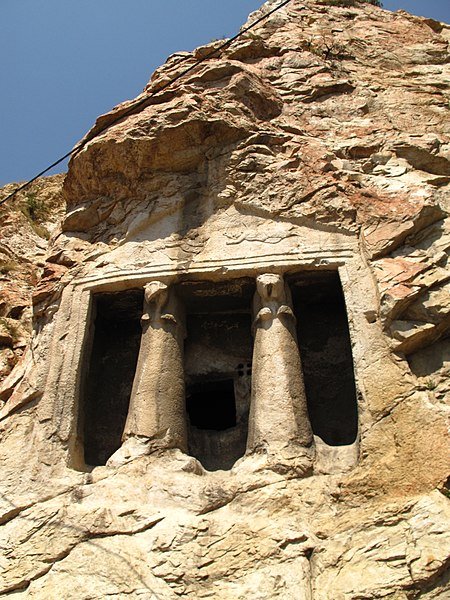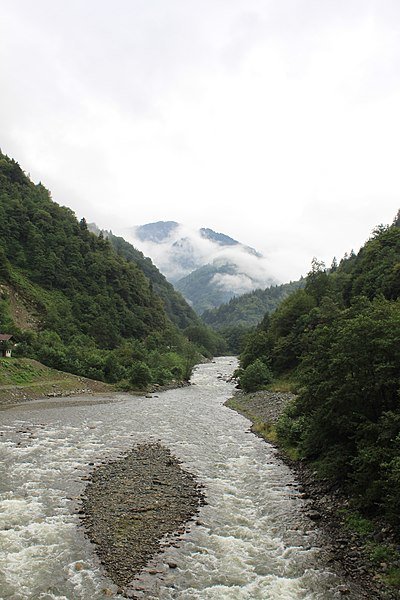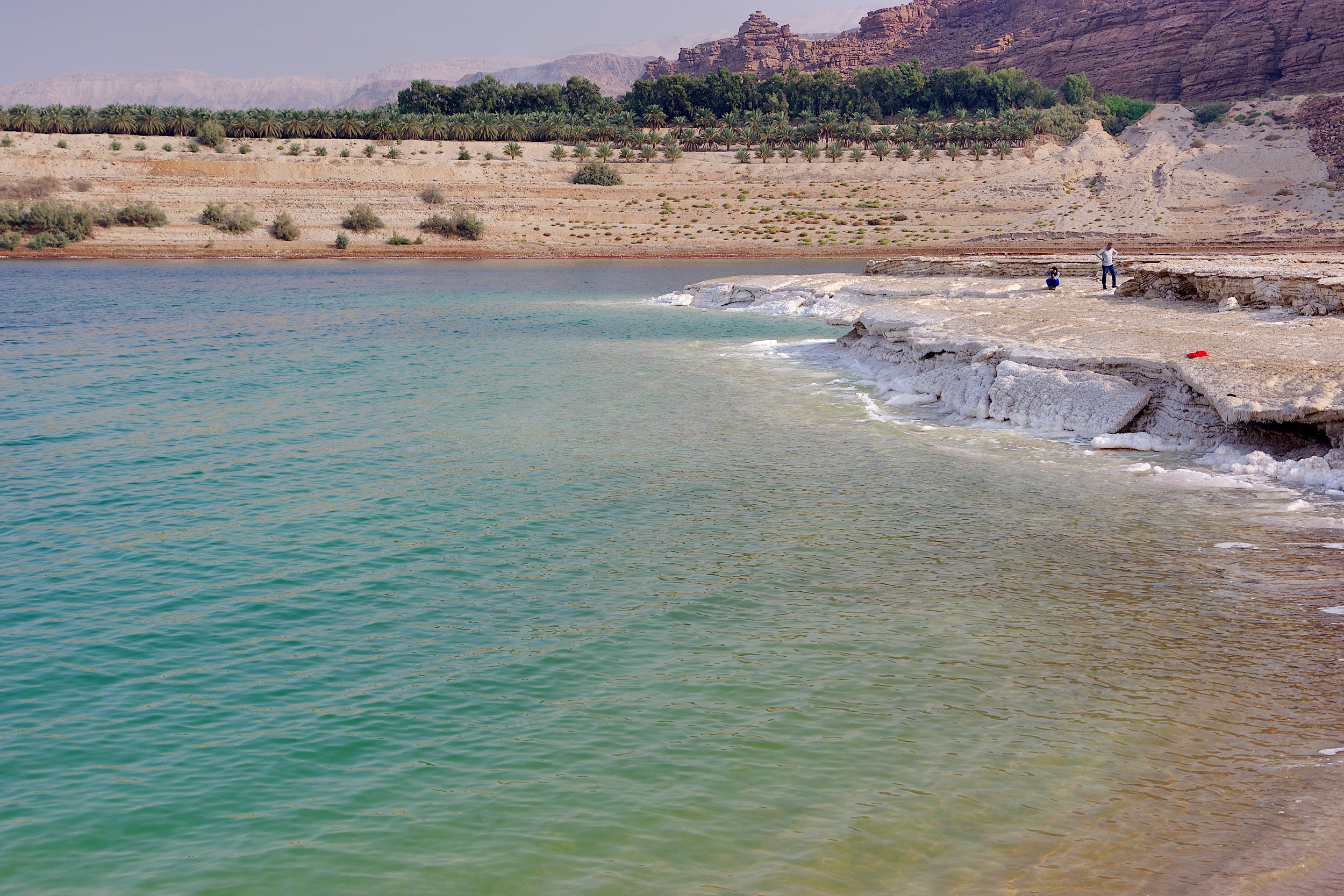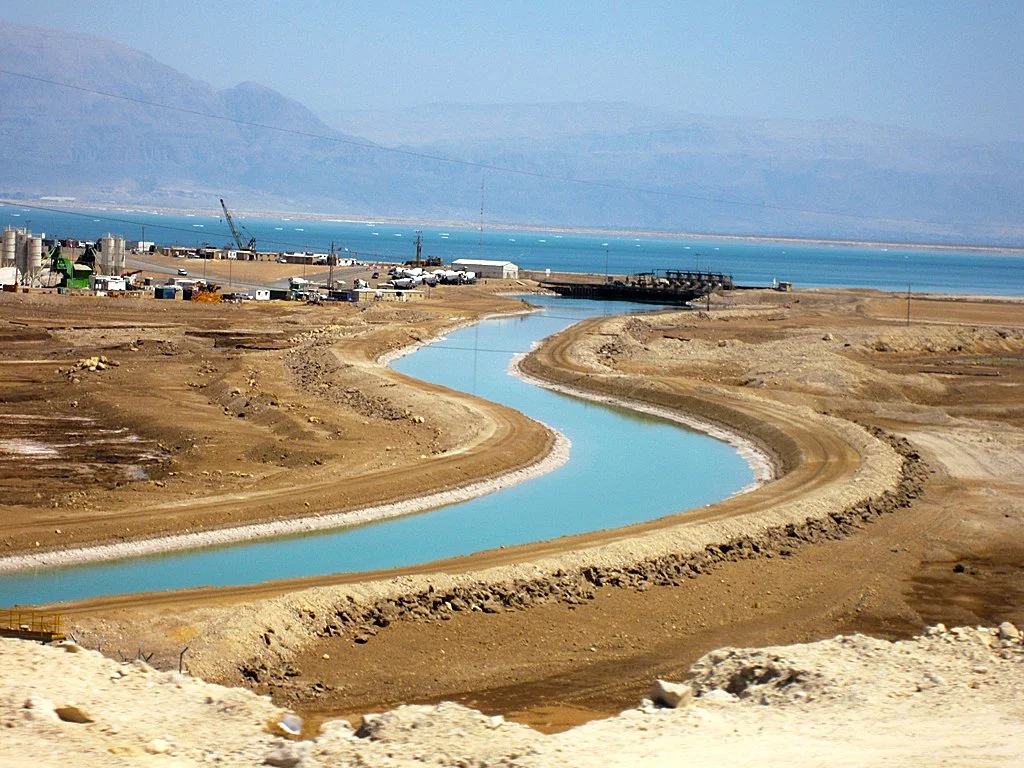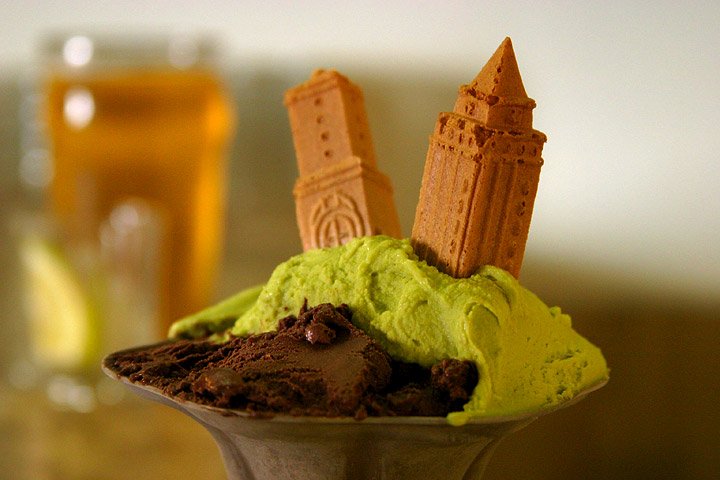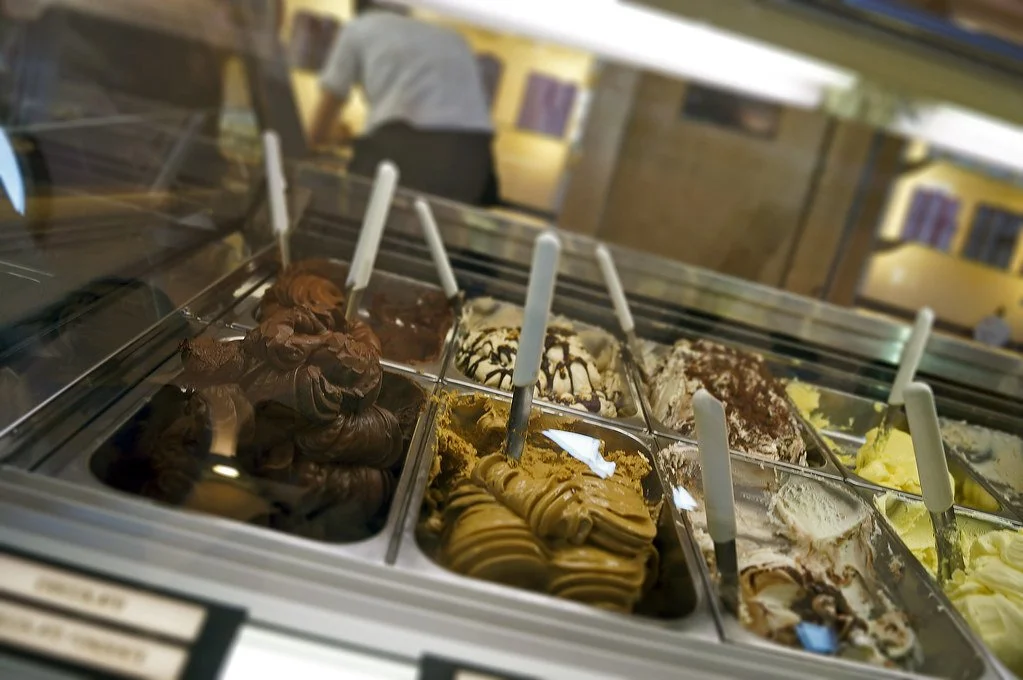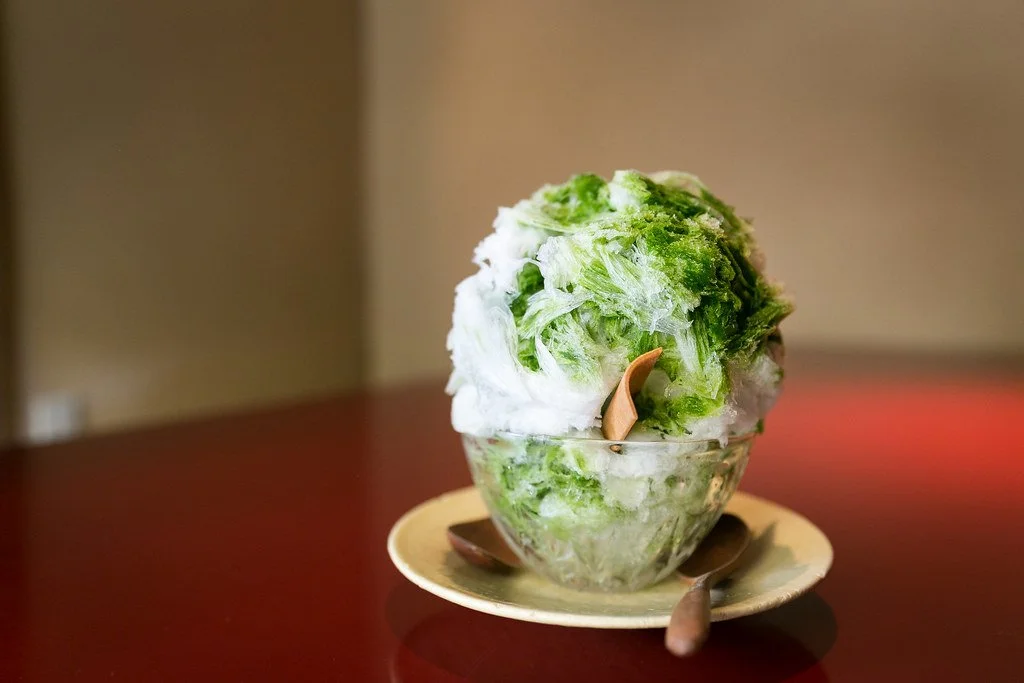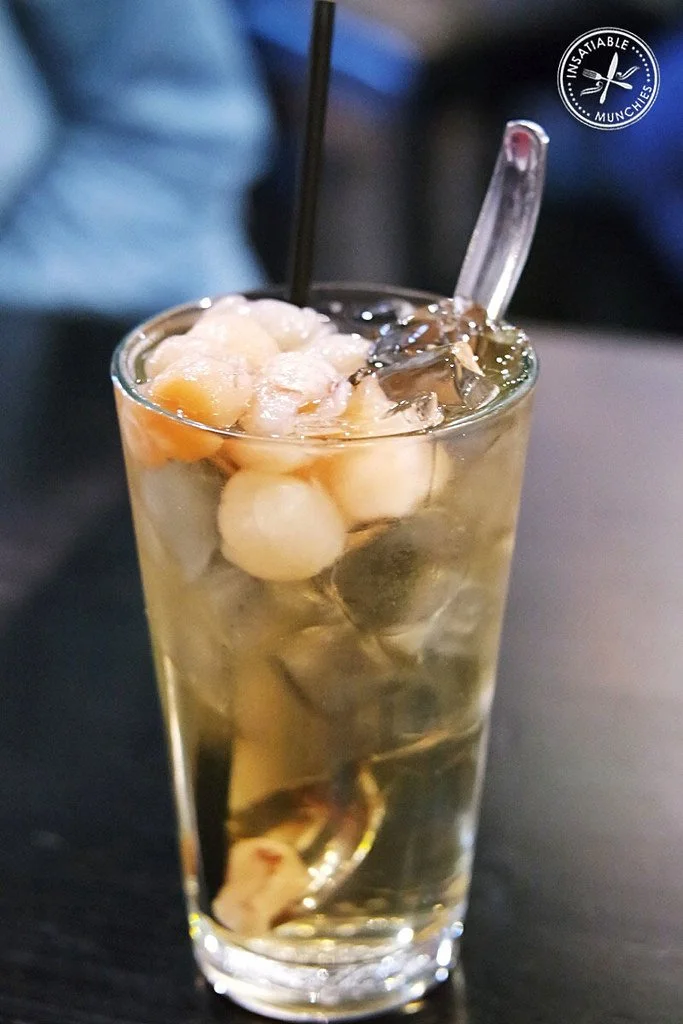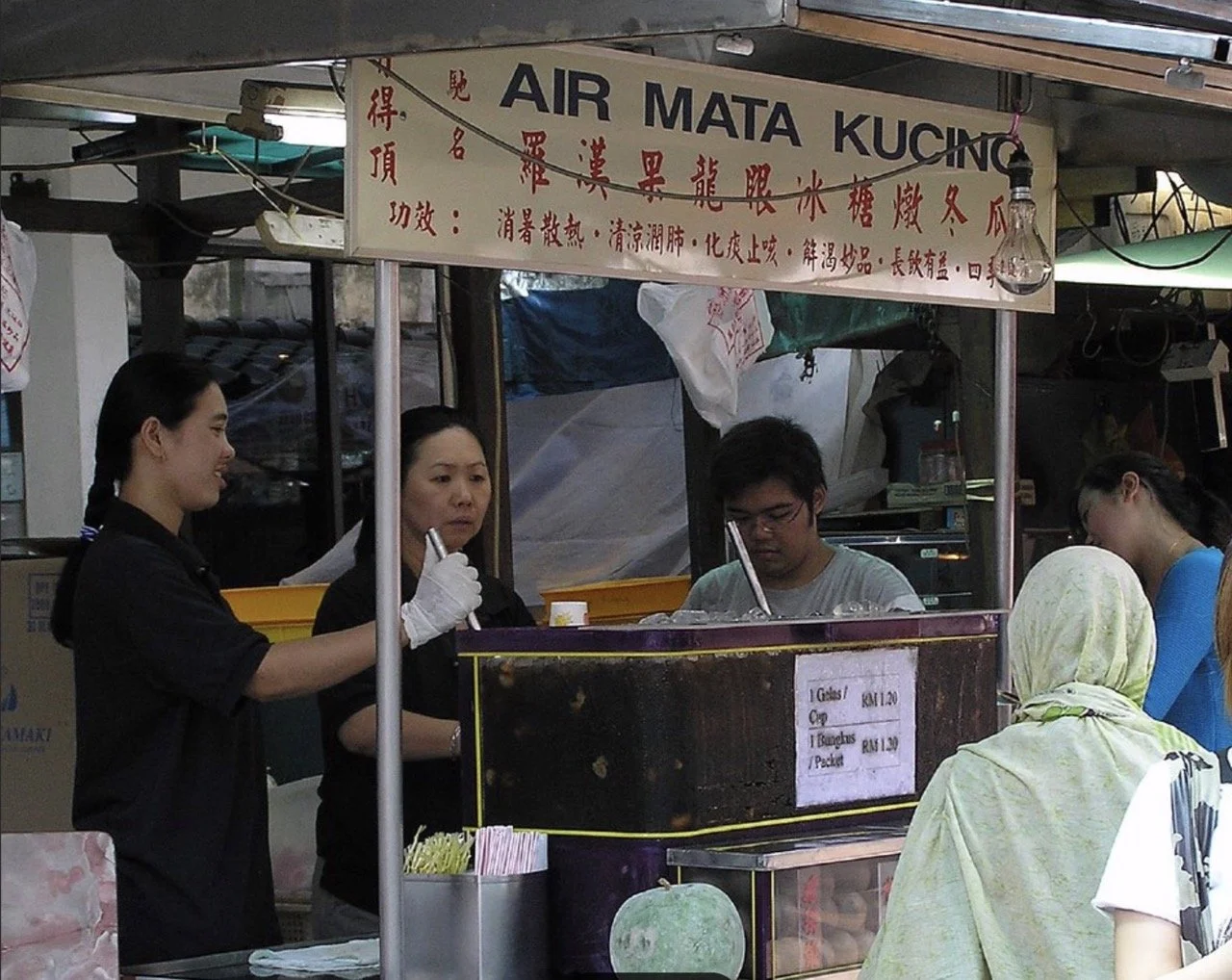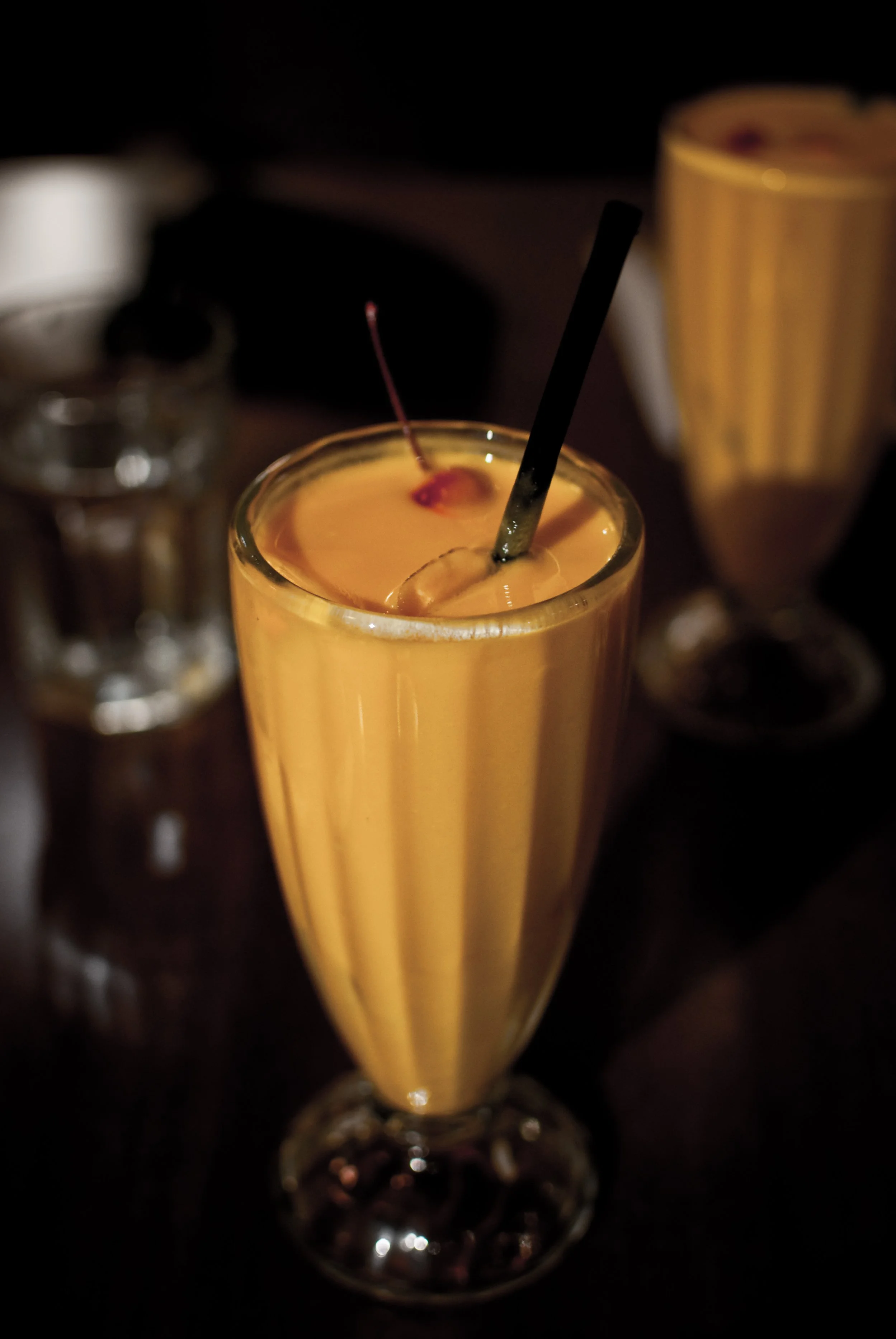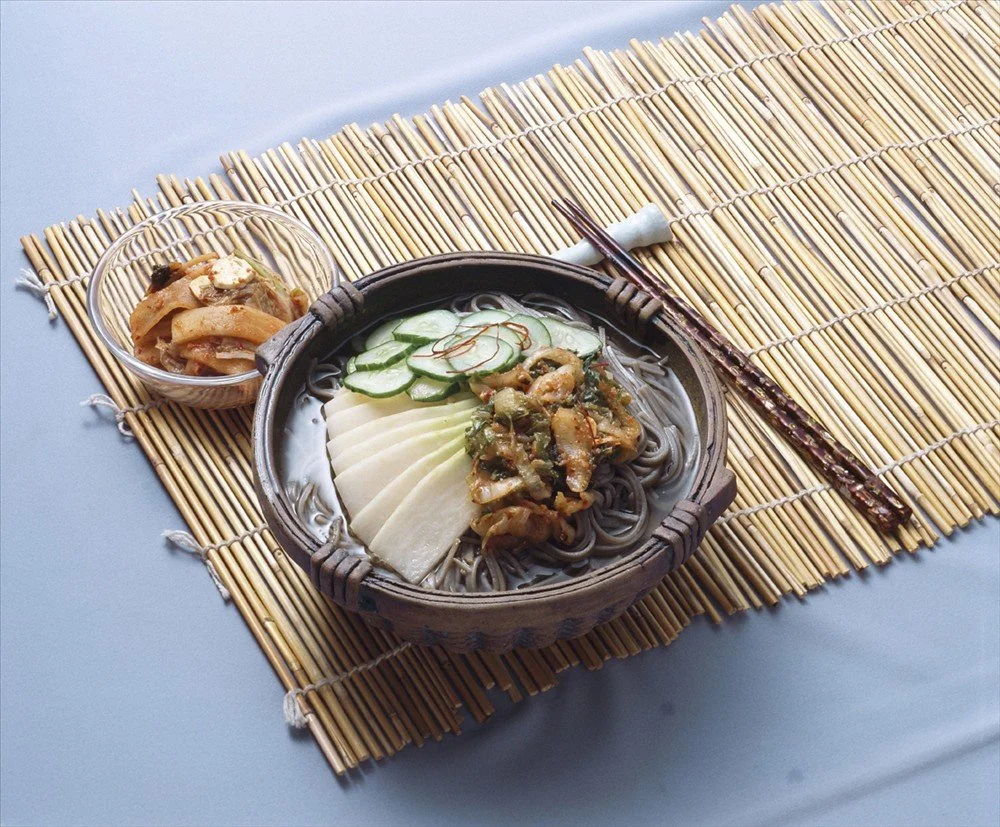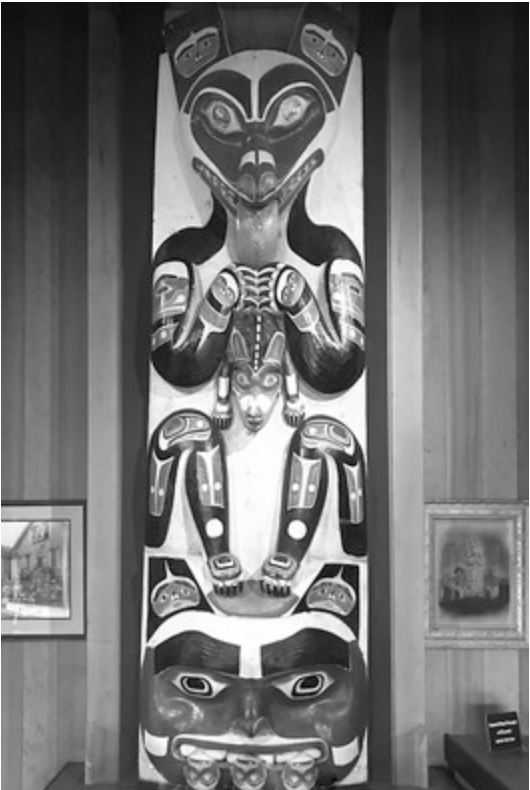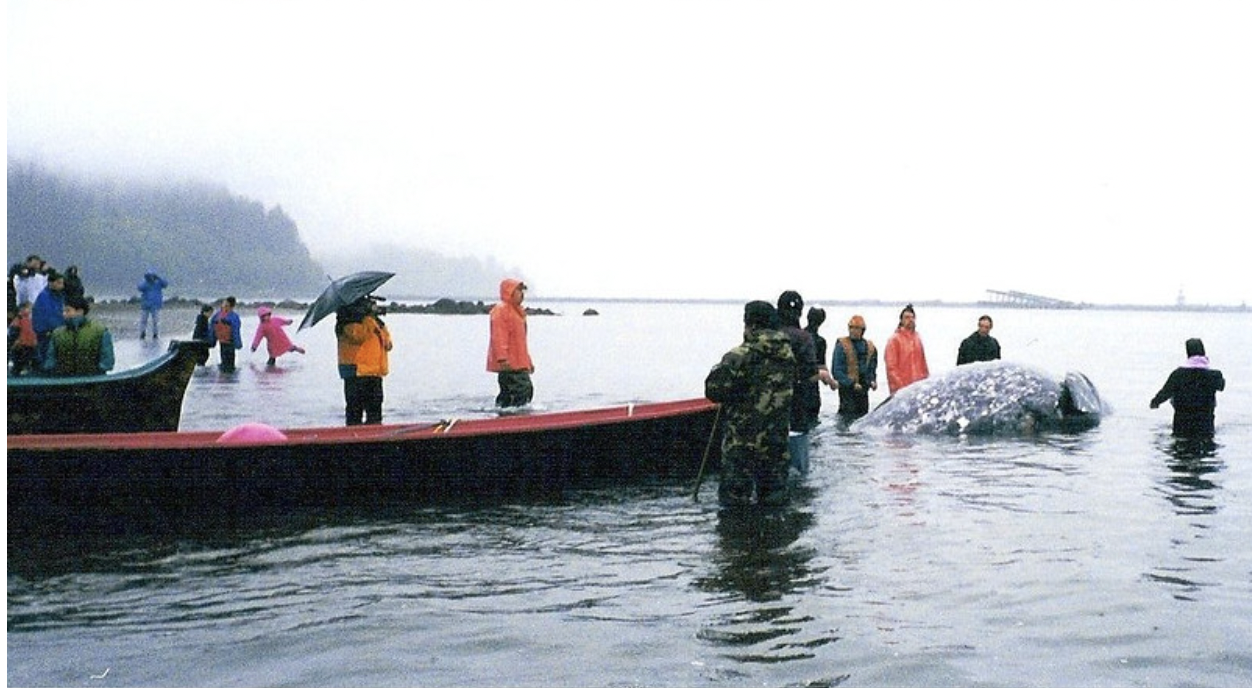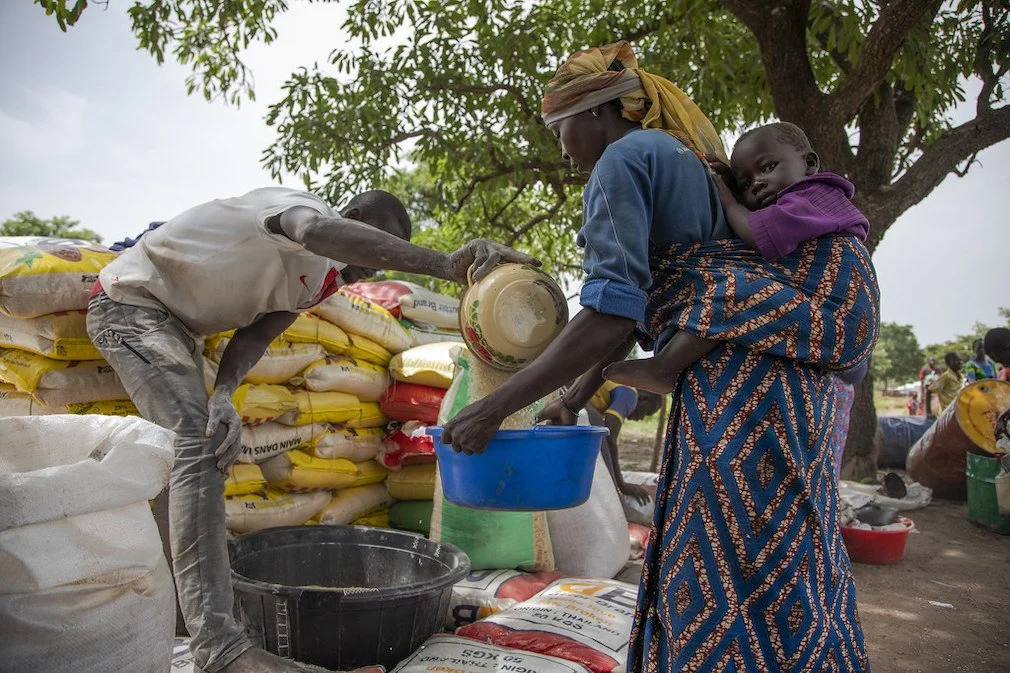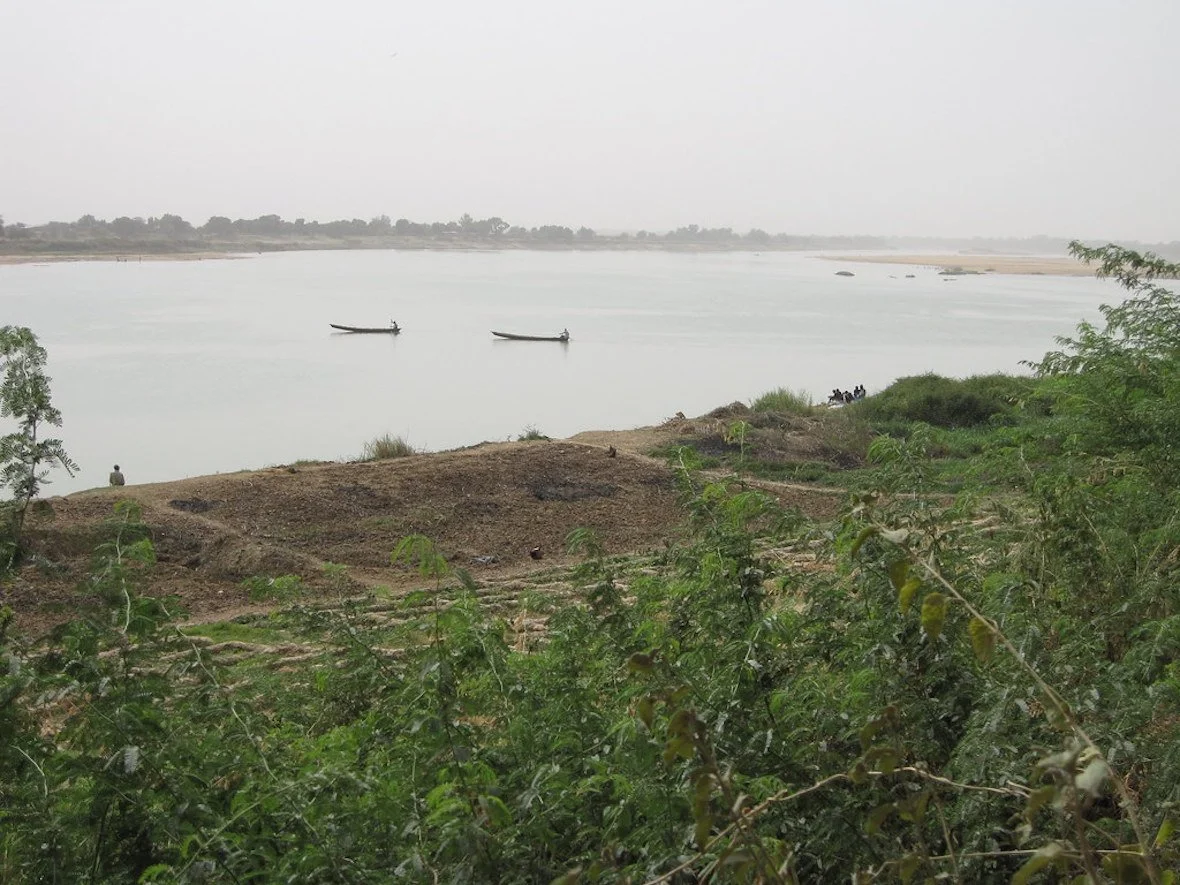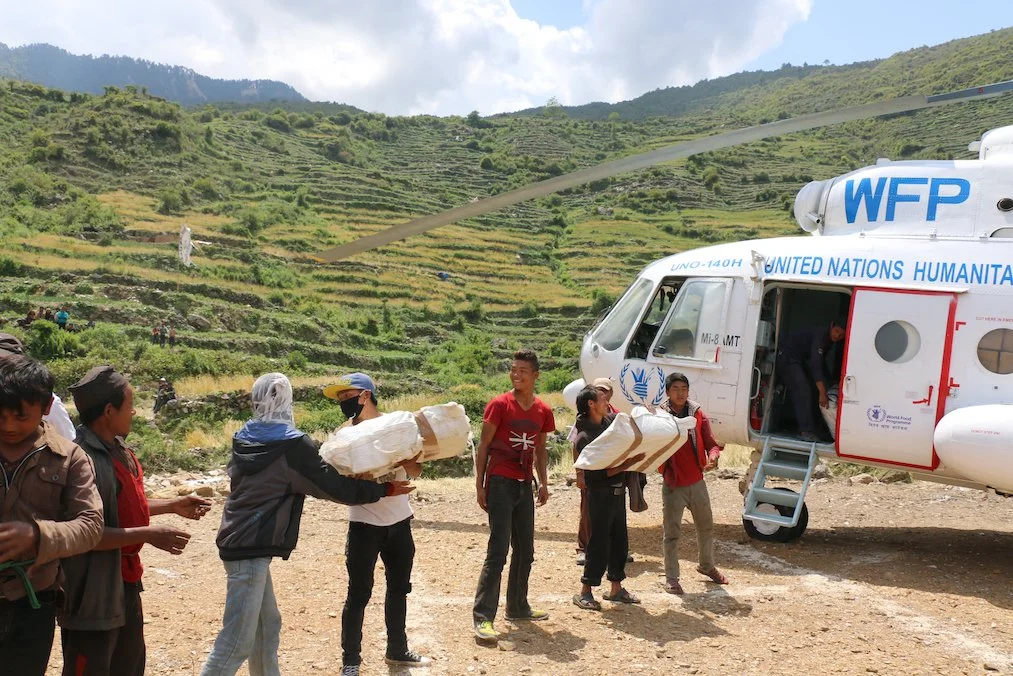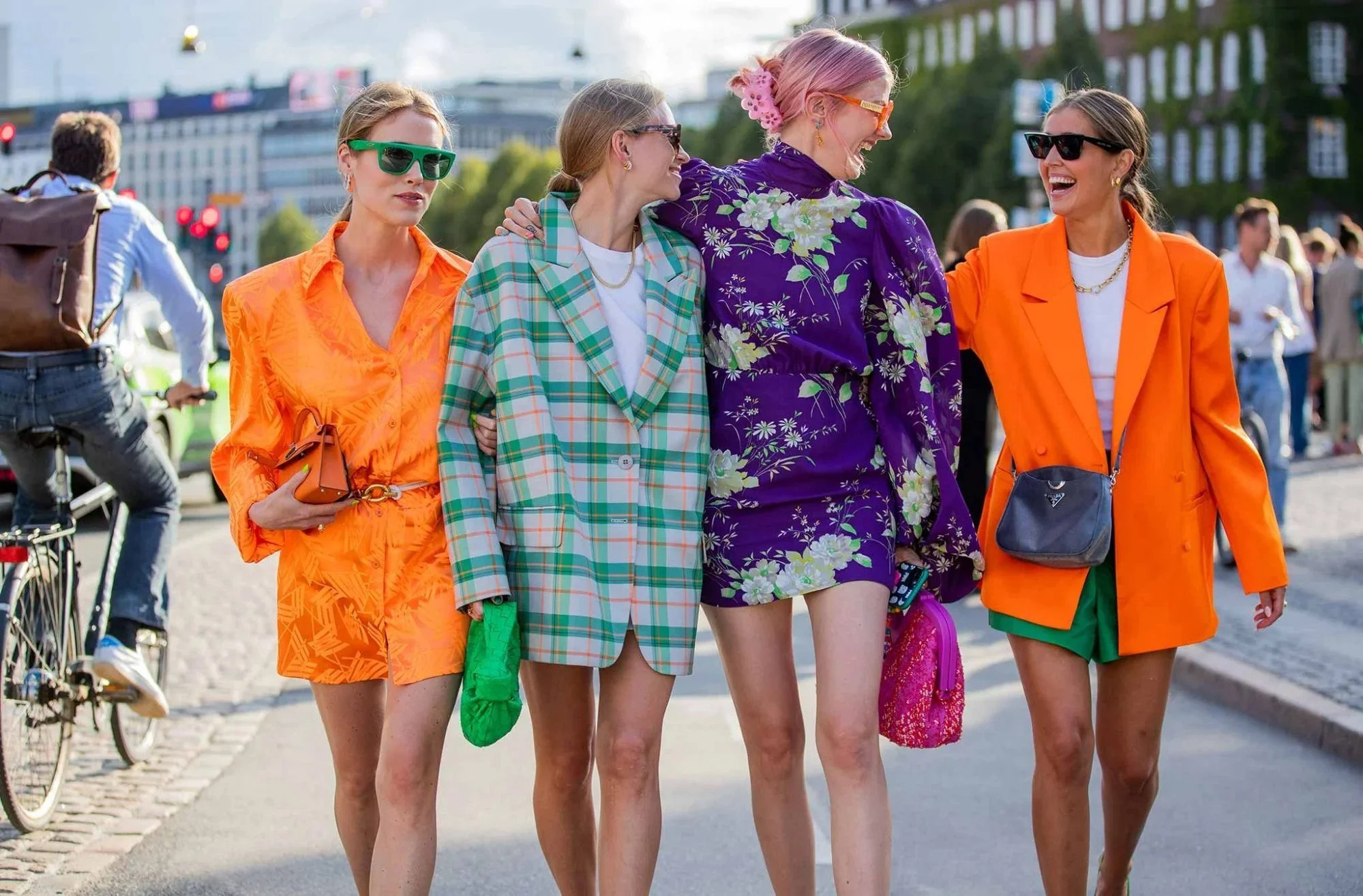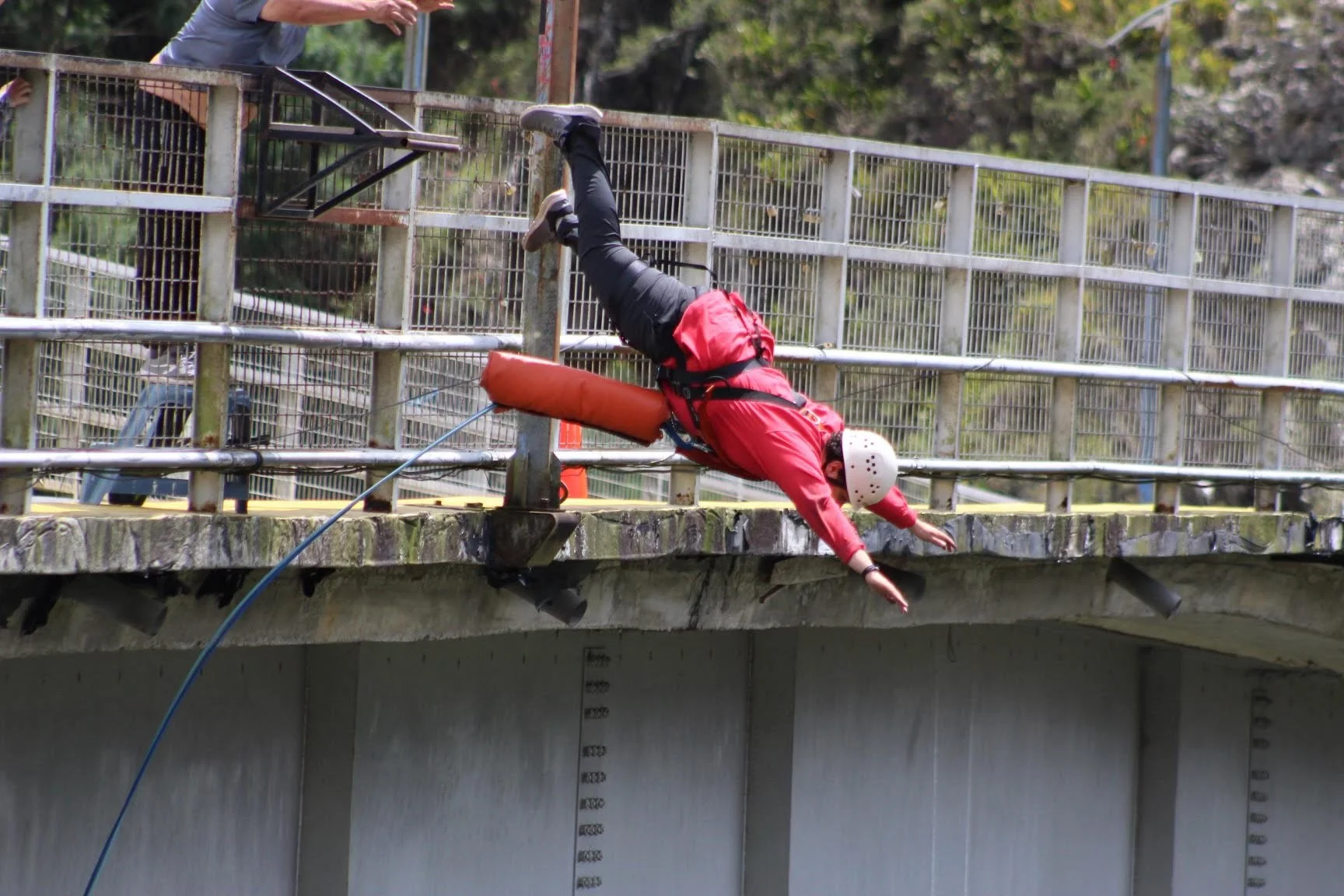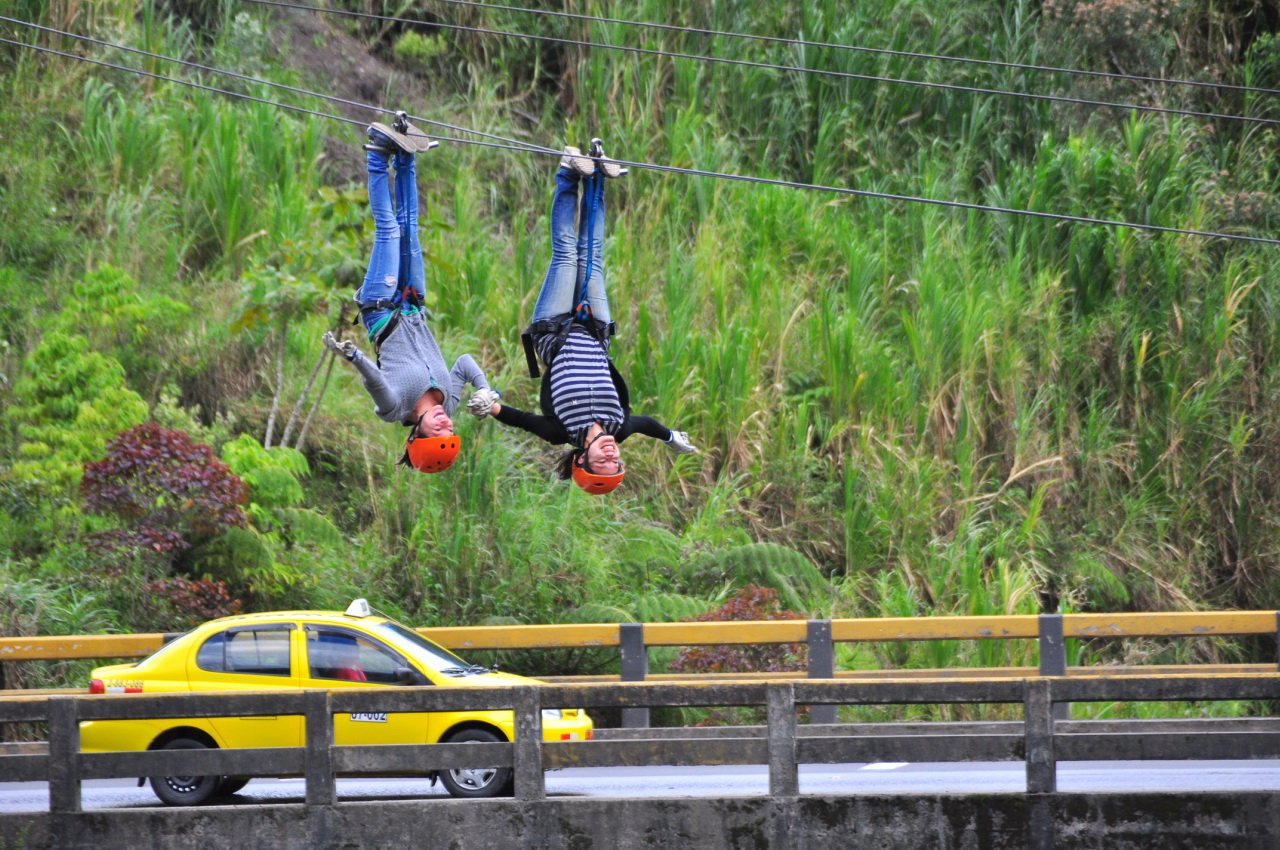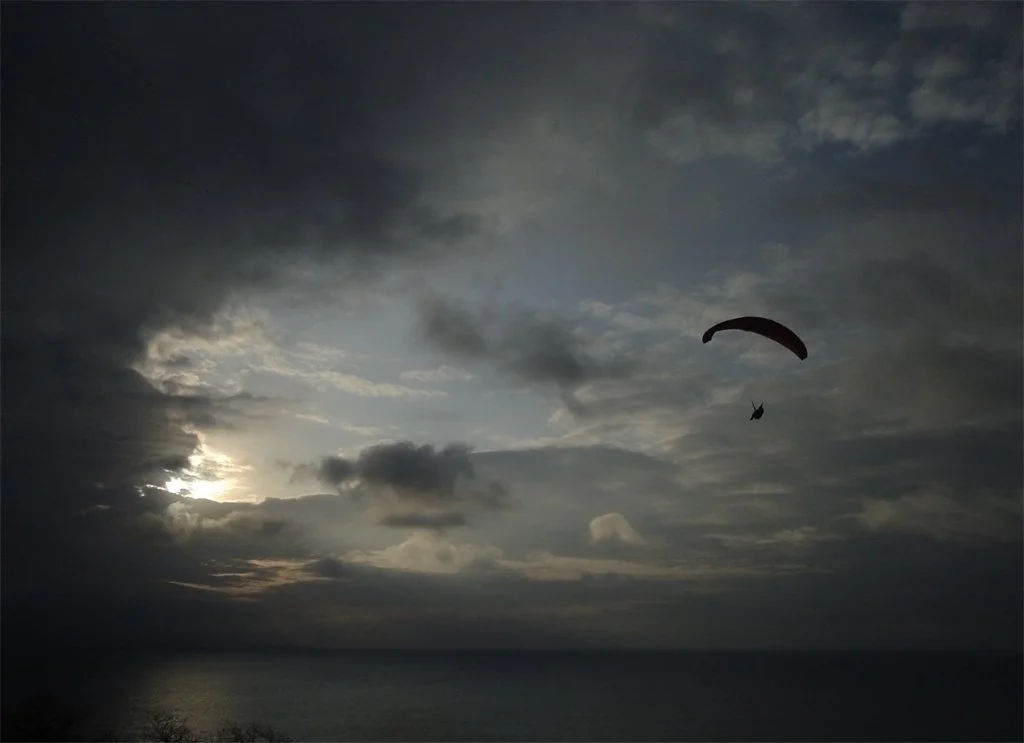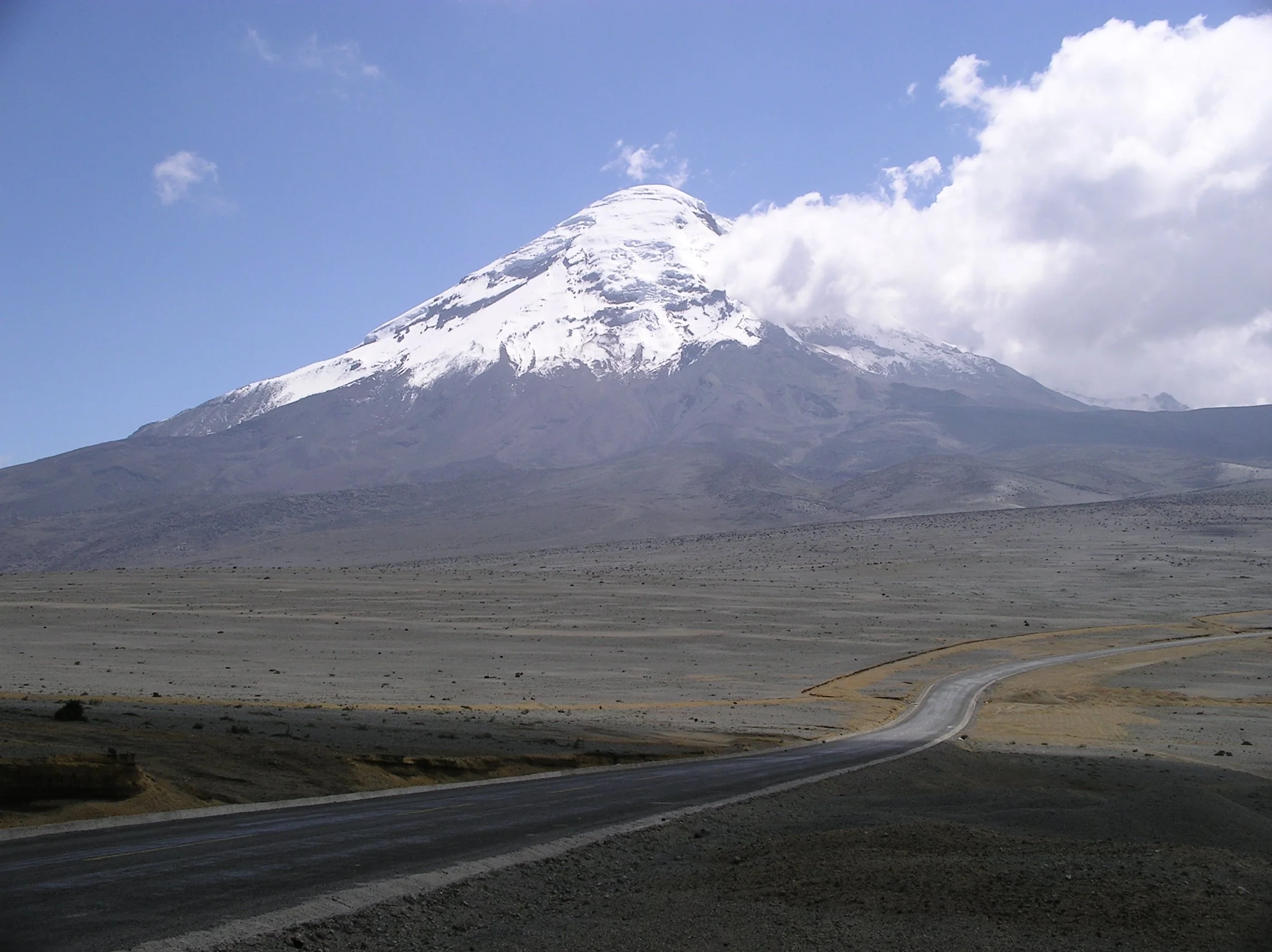As the fashion industry grapples with its environmental impact, the fast fashion brand H&M comes under scrutiny for its pollution and hazardous labor conditions.
A landfill in Russia. Wikipedia commons. CC BY-SA 4.0
Have you ever fallen in love with a dress, imagining it would exude the same style and allure as it does on a model or your favorite celebrity, only for it to be worn just once or twice before being forgotten in the depths of your closet? Many of us can relate to this experience. Interestingly, today’s average person buys 60 percent more clothing items than they did 15 years ago, but keeps them for only half as long as they used to. Waste in the fashion industry has many causes, but is often associated with fast fashion, a business strategy in which companies quickly turn around cheap imitations of high status garments to cash in on transient fads.
In the realm of fashion, vanity can lead to excessive consumption and an alarming amount of waste. Although individual choices play a role in this, it is crucial to recognize that fashion behemoths, including renowned names like H&M, Zara, and UNIQLO, often promote fast fashion trends while glossing over environmental costs to maximize profits.
The dawn of fast fashion can be pinpointed to the rapid evolution of supply chain management in the industry. Gone were the days of traditional craftsmanship, where each individual garment was lovingly designed either at home or within small workshops. Thanks to the fashion supply chain, designers could now disseminate their original creations through an intricate network of textile sourcing companies, manufacturing facilities, distribution channels, retail stores and warehousing centers. The 1960s witnessed a surge in young people embracing affordable clothing, shunning the age-old notion of sartorial grandeur. In response to this cultural shift, retailers began introducing trendy and pocket-friendly attire, consistently refreshing their offerings through the 1990s. While this innovative approach bolstered brand visibility and efficiency, it also gave rise to a notable drawback: excessive waste. Take the production of shirts and shoes, for instance; over the past five decades, production has doubled, yet three out of four of these items end up either incinerated or in landfills.
H&M at Belfast. William Murphy. CC BY-SA 2.0.
The 1990s were a turning point for brands like H&M. Originally established in 1947 by Swedish businessman Erling Persson under the name “Hennes,” the company later acquired Mauritz Widforss in 1968, a Swedish hunting and fishing store, leading to the more succinct and memorable name of H&M that we know today. Rapidly expanding across Europe, the company set its sights on global outreach by the 1980s. H&M made its first foray outside Europe with a store on New York’s 5th Avenue, positioning itself alongside myriad other fast fashion brands. Catering to a diverse consumer base, including women, men, teenagers and children, it offers an extensive range of products, from sportswear and underwear to shoes, accessories and cosmetics, all at affordable prices. With a presence in over 4,000 stores worldwide and a workforce of over 100,000 people, H&M stands as the eighth most valuable apparel brand in the world as of 2022, only trailing behind giants like Nike, ZARA, and Adidas.
However, behind H&M’s tale of success lies a daunting environmental cost. The brand’s significant contribution to waste and pollution is a matter of public concern. In 2019 alone, H&M churned out a staggering 3 billion garments, making it one of the foremost polluters in the fashion industry. The use of cheap and toxic textile dyes, coupled with the fabrics themselves, is contributing to the global warming crisis. Polyester, an artificial textile that constitutes roughly 60% of the global fiber market in 2020, is derived from fossil fuels and sheds microfibers that exacerbate the proliferation of plastic in our oceans. Although H&M promotes its use of recycled polyester, made from oil-based waste like old PET bottles or pre-existing polyester clothing, studies reveal that the recycling process is energy-intensive, and tracing the origin of recycled polyester is challenging. Surprisingly, of all the materials used by H&M, a mere 23% are recycled, even though the brand touts that 84% of its products are sourced from recycled or sustainable materials, and the criteria for a “sustainable material” remains elusive. Even H&M's acclaimed Conscious Collection, which is marketed as sustainable and has seen brisk sales, contains only a fraction of recycled materials. All of these concerns are artfully obscured by the ambiguous language of H&M’s sustainability report.
Protest against Fast Fashion. Stefan Muller. CC-BY 2.0
While acknowledging the importance of gradual change, H&M's approach to sustainability is unacceptable due to the company’s engagement in greenwashing — a disconcerting technique whereby companies overstate their actual sustainability accomplishments to divert criticism from harmful practices. A study conducted by The Changing Markets Foundation, an organization dedicated to propelling and amplifying solutions for sustainability challenges through market influence, revealed that a startling 96% of the claims in H&M's sustainability report were “unsubstantiated” and “misleading” as per guidelines. Despite the vagueness in its official report, H&M invests diligently in presenting a clear and positive image of its sustainability initiatives through vigorous social media and marketing campaigns. An example of this involves the brand’s strategic partnerships with celebrities. For instance, H&M collaborated with the former Game of Thrones actress Maisie Williams, whom the company lauded as a symbol for her generation and an influential advocate for female empowerment, sustainability and diversity. In 2020, H&M introduced “The Loop Machine,” a recycling program aimed at transforming old H&M garments into new clothing items. However, access to this program remains limited worldwide and is burdened by lengthy processing times, with hours required to recycle a single item.
Beyond its environmental impact, H&M’s massive production business model has led to serious ethical concerns, particularly regarding labor conditions. While H&M has taken some steps towards recognizing the importance of decent, meaningful jobs with fair compensation, benefits, and safe working environments free from discrimination and with the right to freedom of association, statistics paint a grim picture. During the pandemic, a staggering 89 percent of H&M workers received wages below the international poverty line. In June 2023, just a month earlier, over 4,000 Spanish employees from H&M's brands, including Other Stories and Cos, took to the streets, demanding pay raises in line with the rising cost of living and protesting increased workloads resulting from layoffs during the COVID-19 pandemic. Workers at factories producing for H&M and Best Seller also reported witnessing explosions and exposure to electrical discharge and harmful substances.
H&M Global map in 2015.Barthateslisa. CC BY-SA 4.0.
While it is true that H&M has made progress — evident in its 2022 report with highlights such as 17 approved projects that can potentially reduce the supply chain’s CO2e production by 50,000 tonnes and an improved Fashion Transparency Index ranking — there is still much more the company must do to be ethical and go green. The root of the issue lies in its fundamentally unsustainable fast fashion model, which prioritizes cost reduction and profit maximization above all else.
Thrift Town in California. MikeR. CC BY 2.0.
On the other hand, the resale and rental industries are rising as more sustainable alternatives to fast fashion. Embracing a recycle-oriented model, they eliminate the need to extract additional resources to meet our demands. Though not as widely accepted in the world of fashion, they provide compelling alternatives for those seeking a more environmentally-conscious lifestyle. For H&M and other fast fashion brands, addressing current concerns about pollution, waste, and human rights is only a partial solution on the path to sustainability. As they continue to expand globally, new challenges will inevitably arise. The true path to progress lies in an unwavering commitment to a radical transformation of the industrial model, embracing a truly sustainable approach.
TO GET INVOLVED:
Centre for Sustainable Fashion
The Centre for Sustainable Fashion (CSF) is a research institute in the University of the Arts London's London College of Fashion. Its mission is to challenge and question the status quo in the fashion industry, driving toward a system that values and respects the planet’s ecology. Embracing Fashion Design for Sustainability, the CSF pioneers innovative approaches in academia, industry and education. Learn more about CSF here.
Fashion For Good
Fashion For Good, a platform fueled by the fashion industry, spearheads sustainable fashion innovation. Its goal is to unite the entire fashion ecosystem, transforming it into a powerful force for good. Shifting away from the linear 'take-make-waste' model, Fashion For Good advocates for a circular Good Fashion strategy, one that is restorative and regenerative by design. With its Accelerator, Scaling Program and Good Fashion Fund, the organization targets technologies and business models with immense potential to revolutionize the industry. Learn more about CSF here.
Hope Zhu
Hope is a Chinese international student at Wake Forest University in North Carolina studying sociology, statistics, and journalism. She dreams of traveling around the globe as a freelance reporter while touching on a wide range of social issues from education inequality to cultural diversity. Passionate about environmental issues and learning about other cultures, she is eager to explore the globe. In her free time, she enjoys cooking Asian cuisine, reading, and theater.

